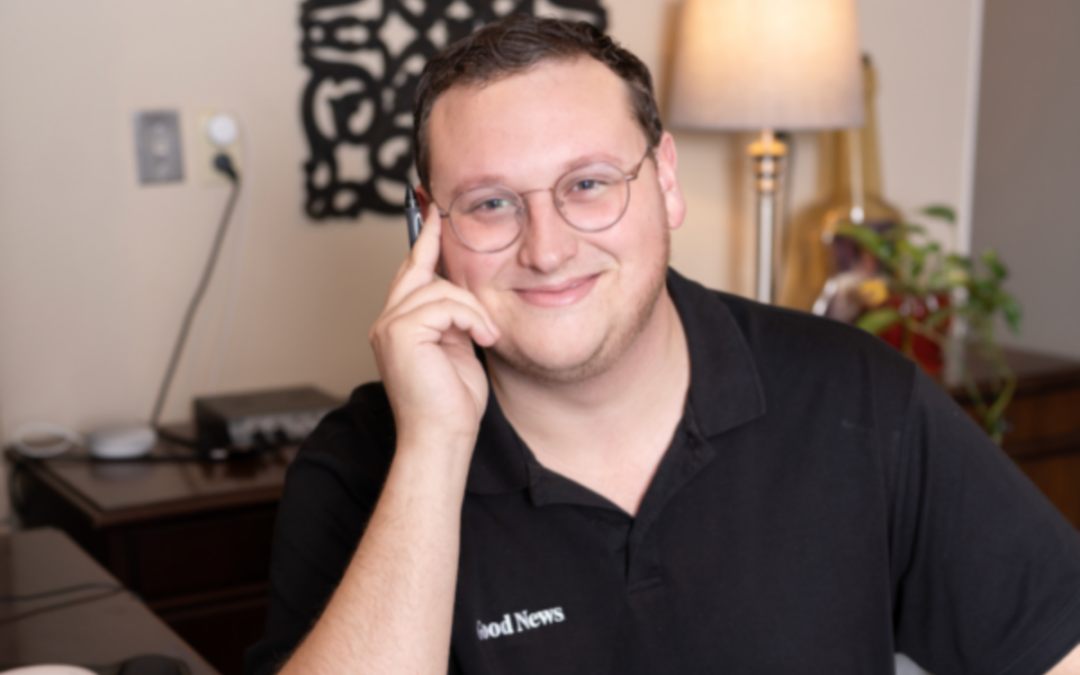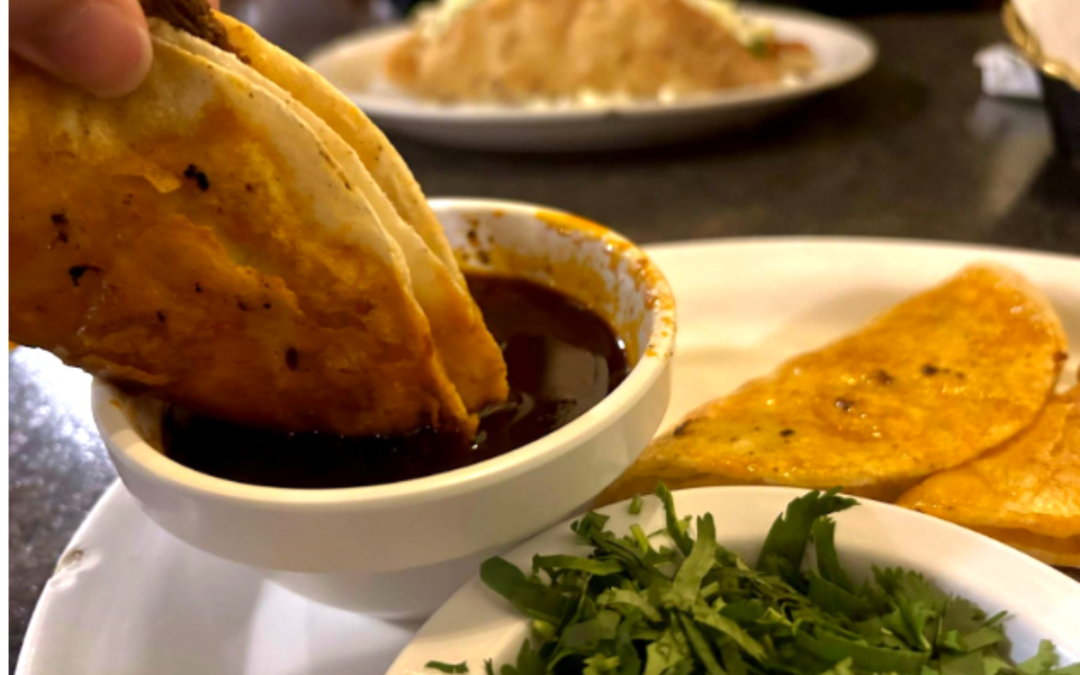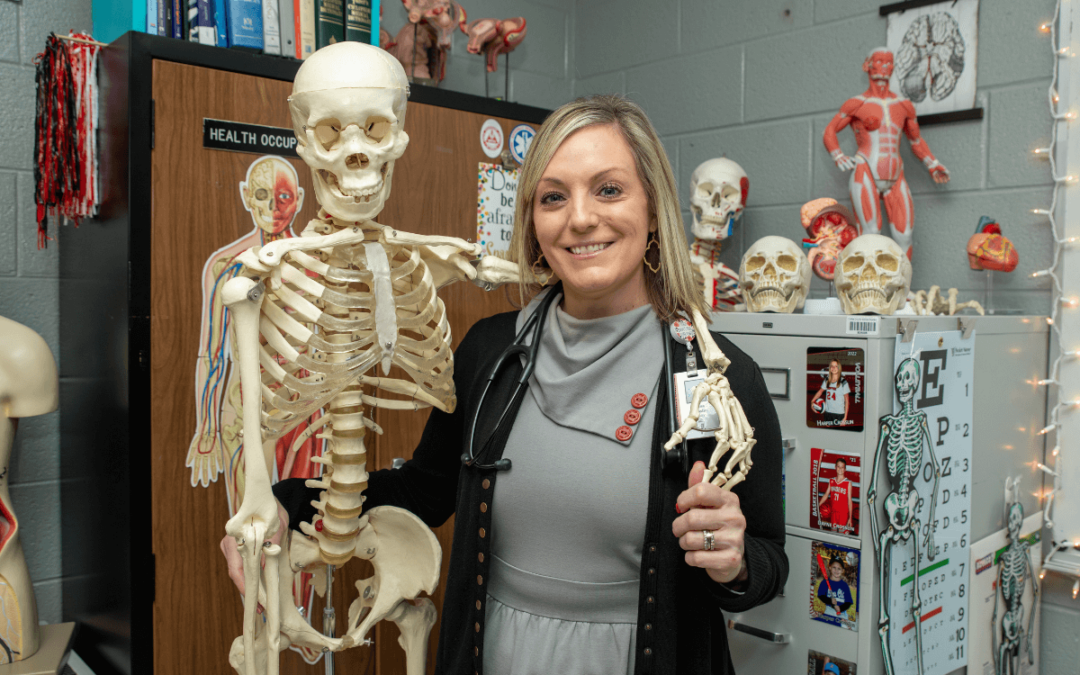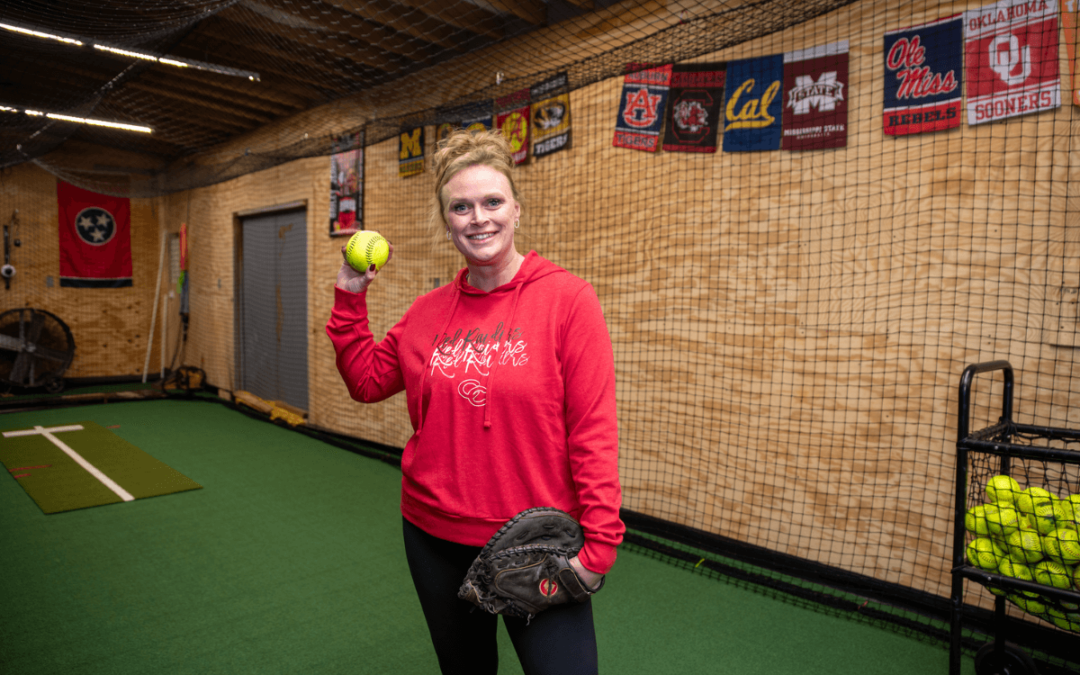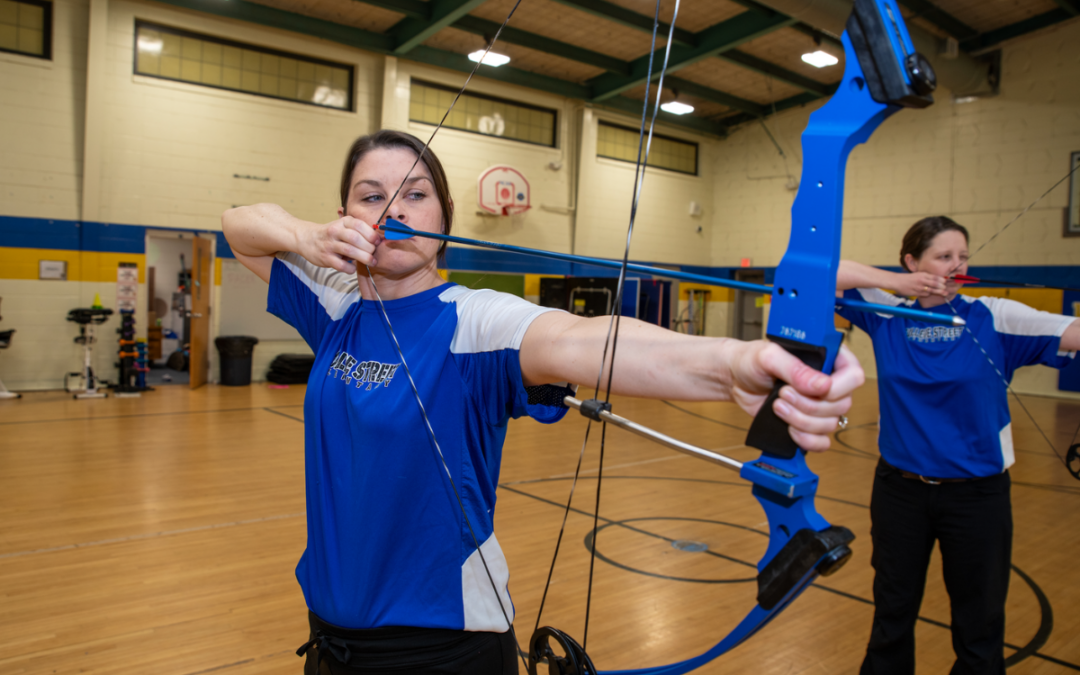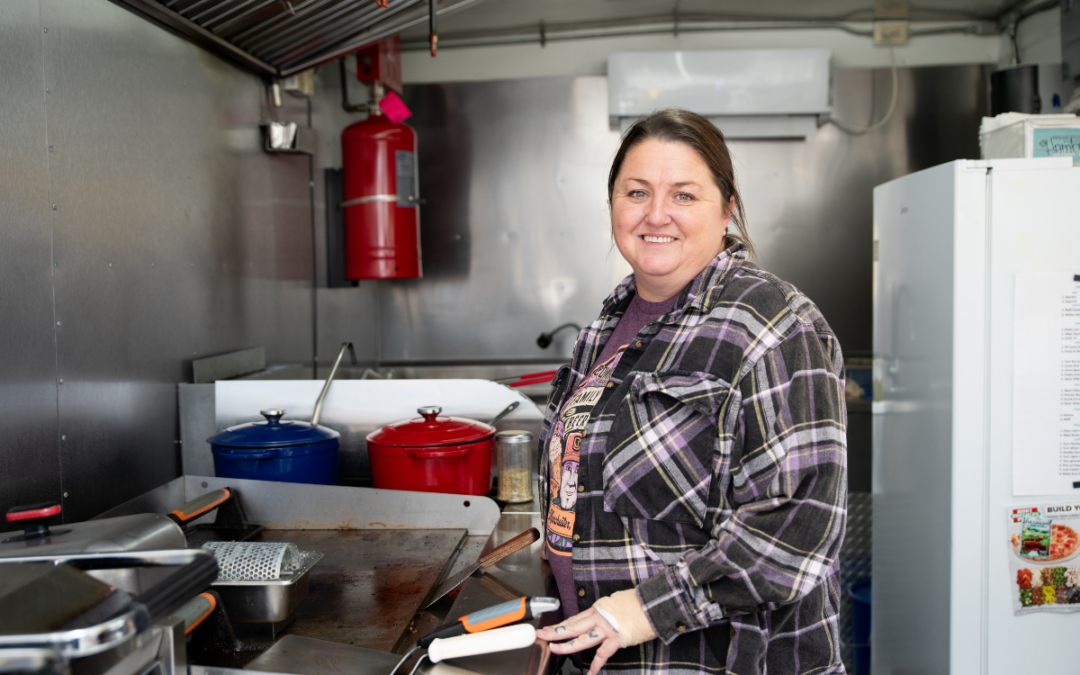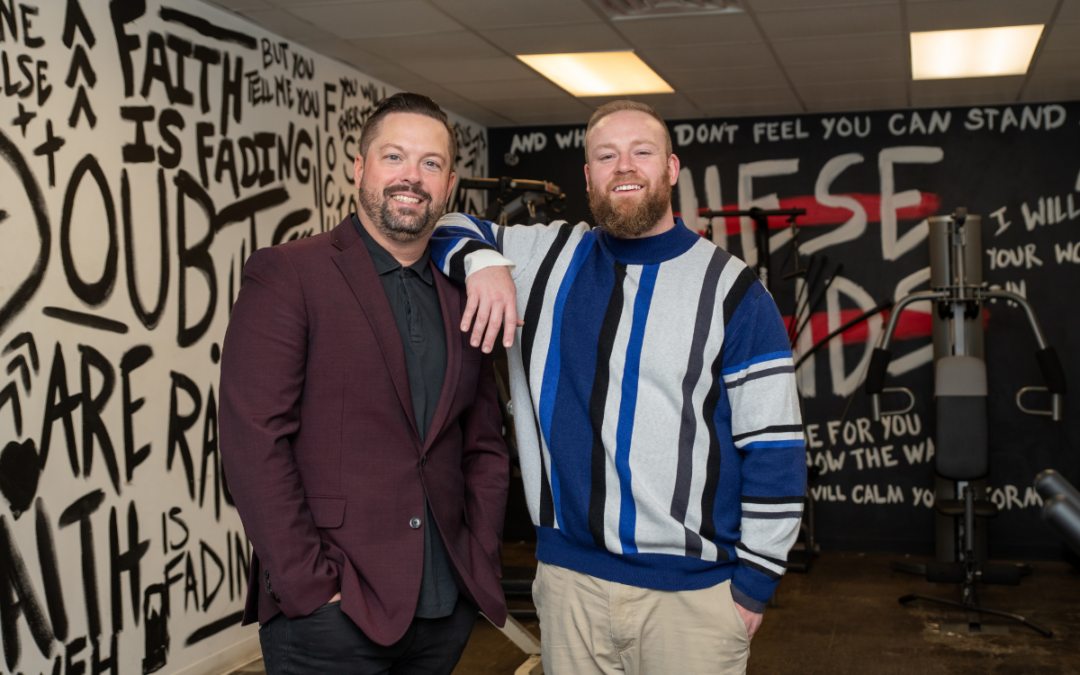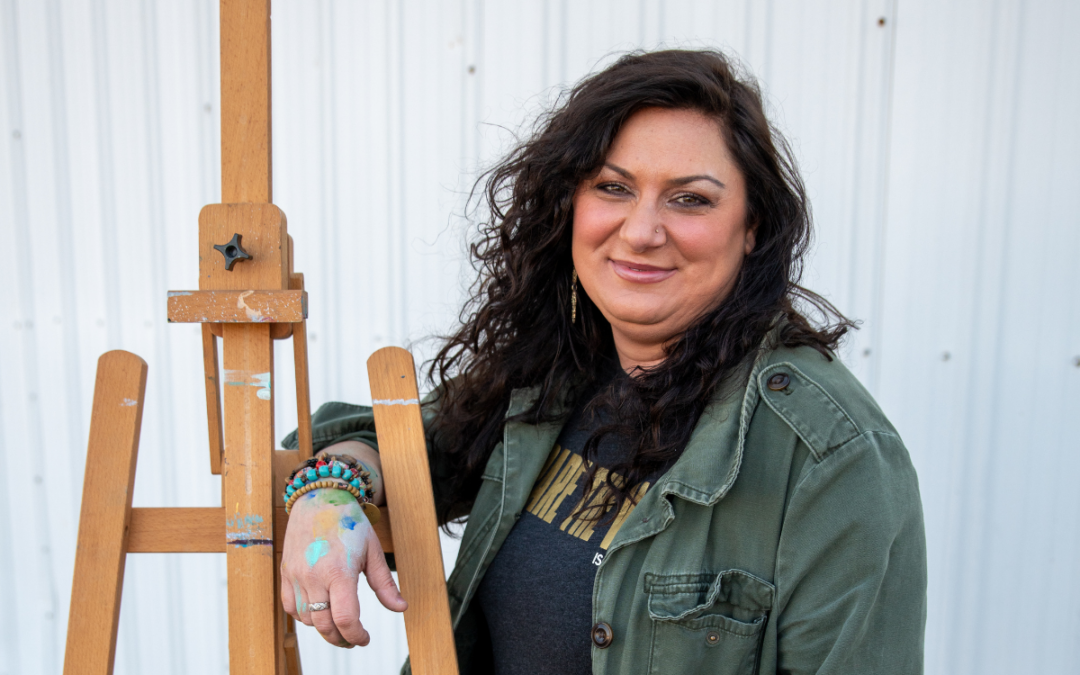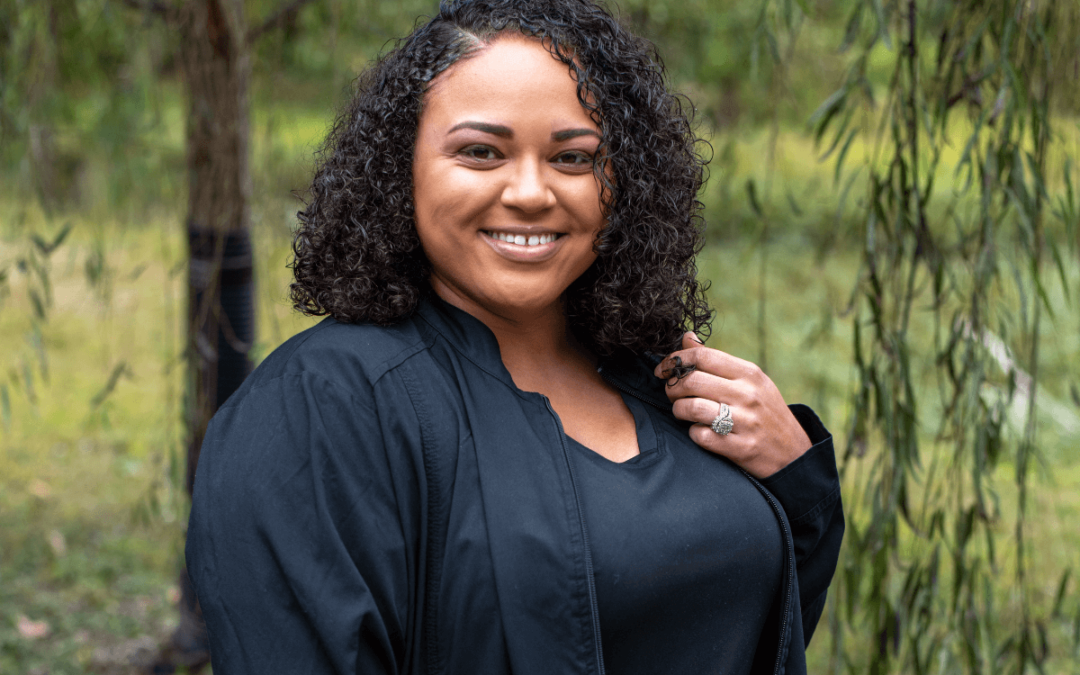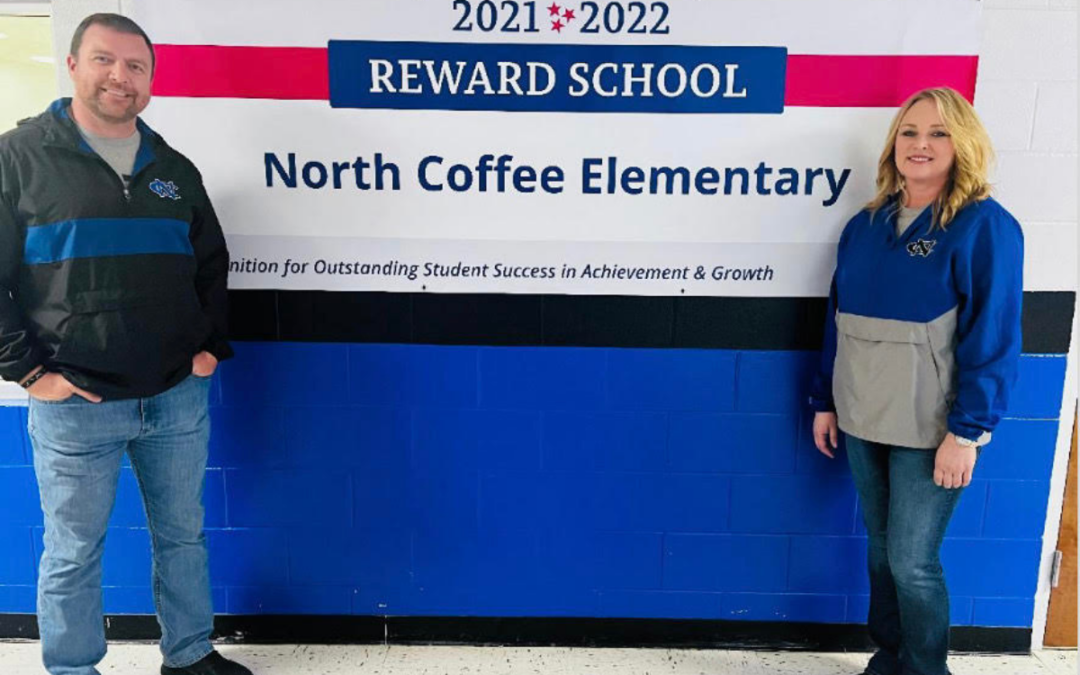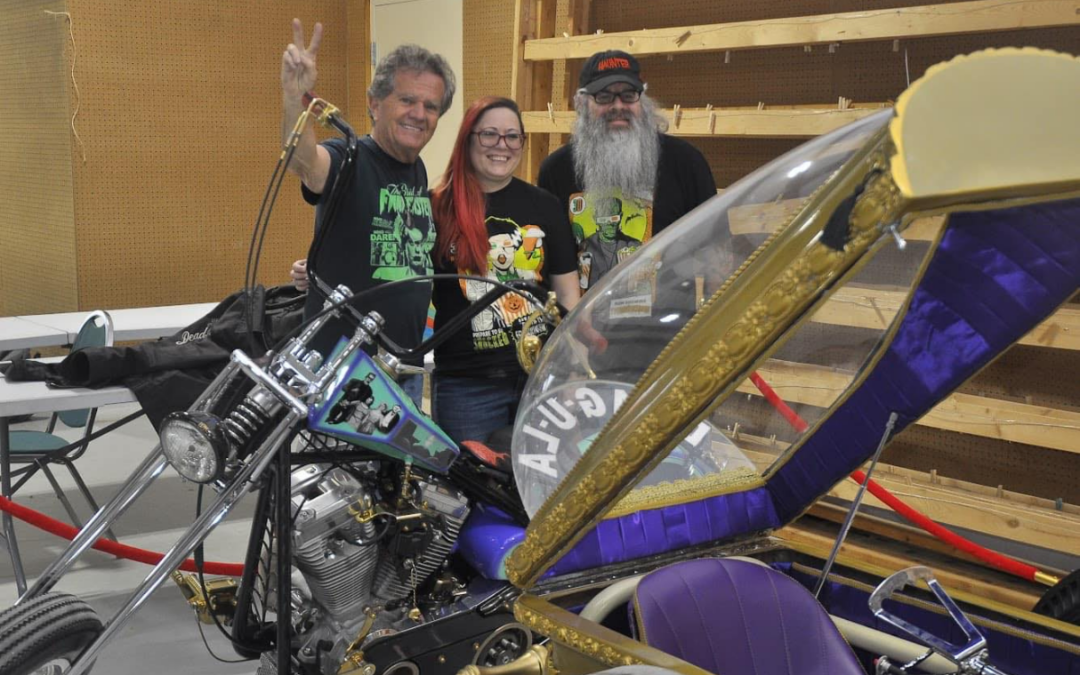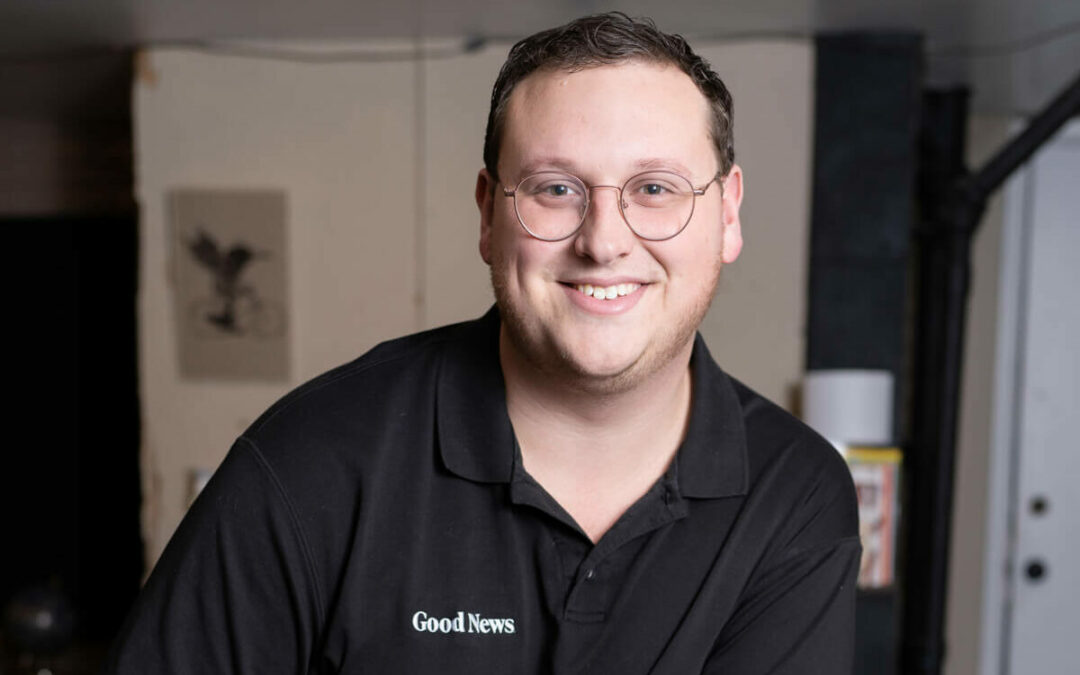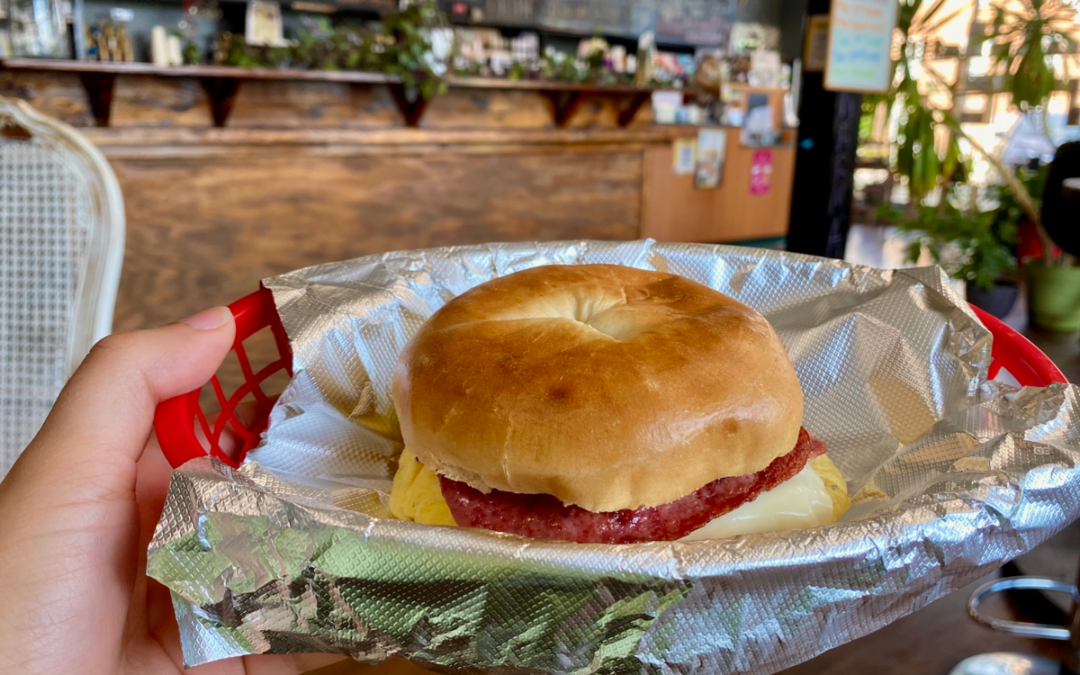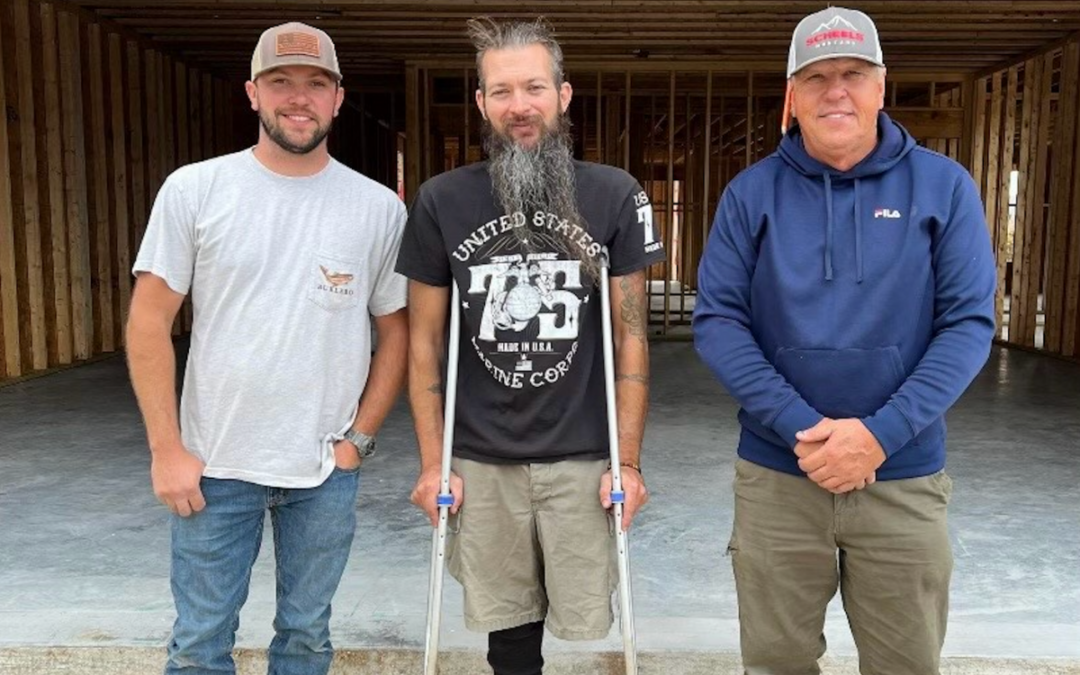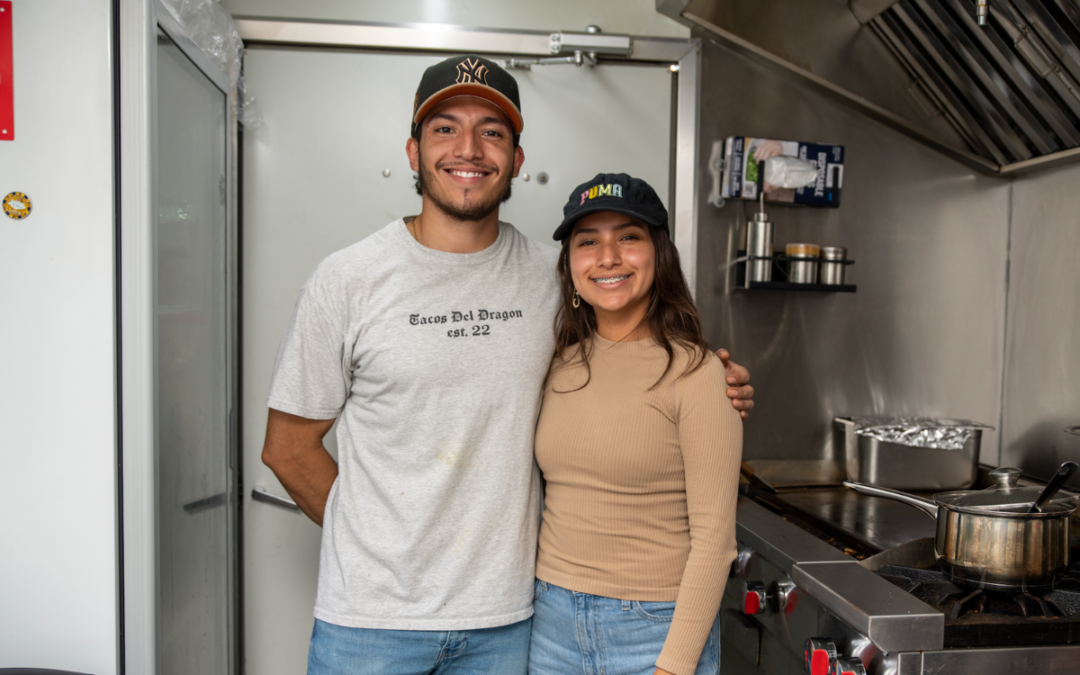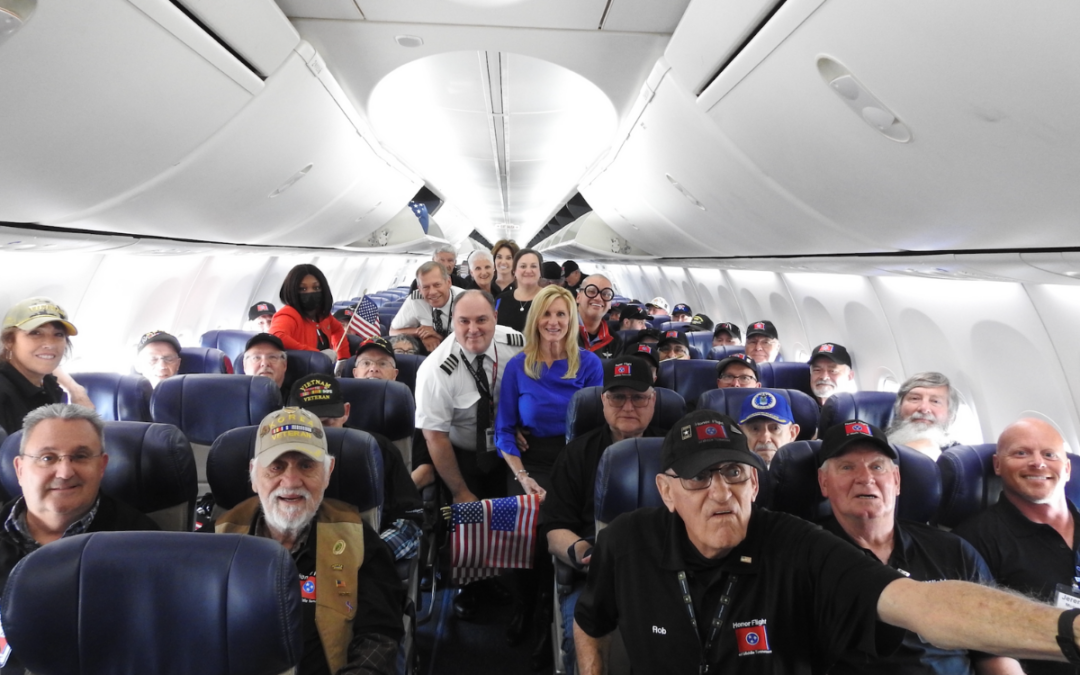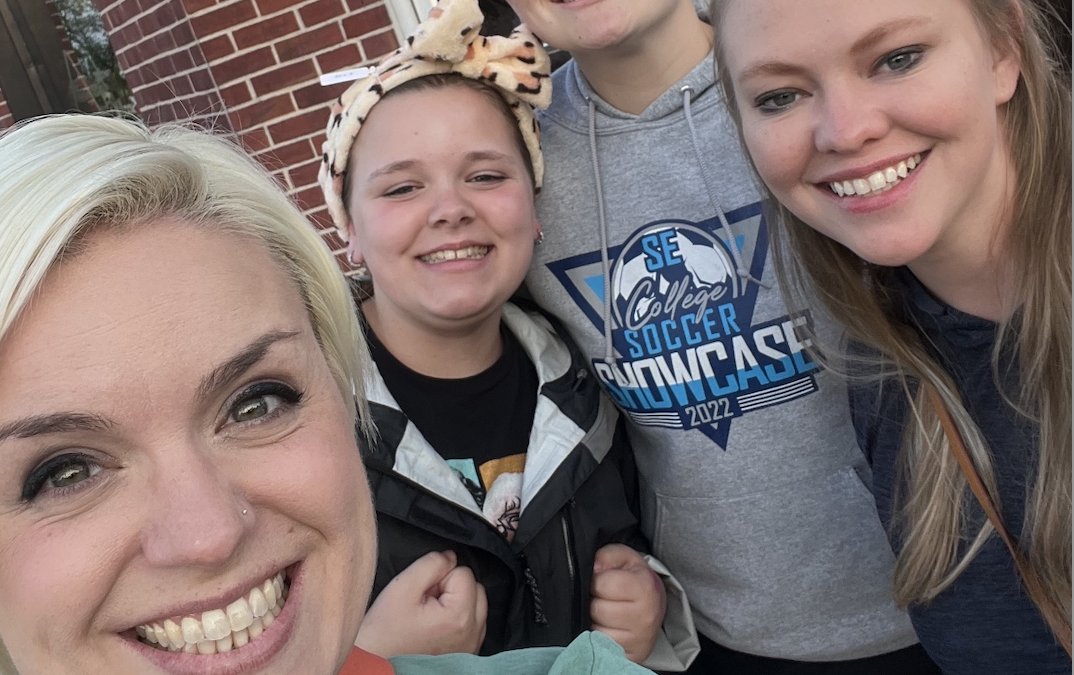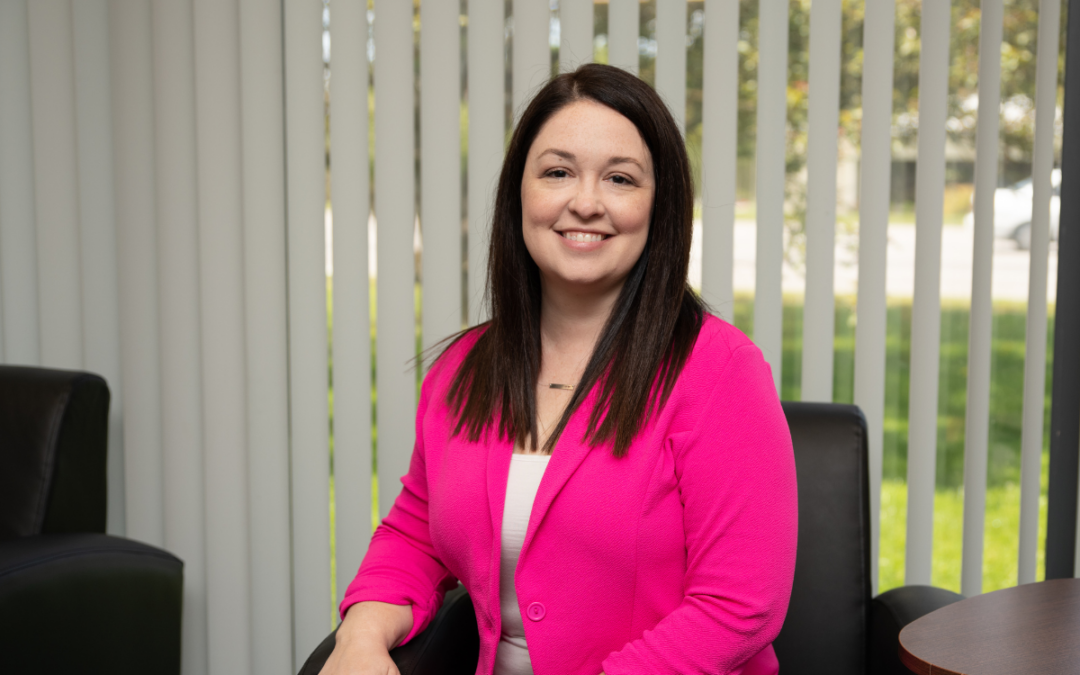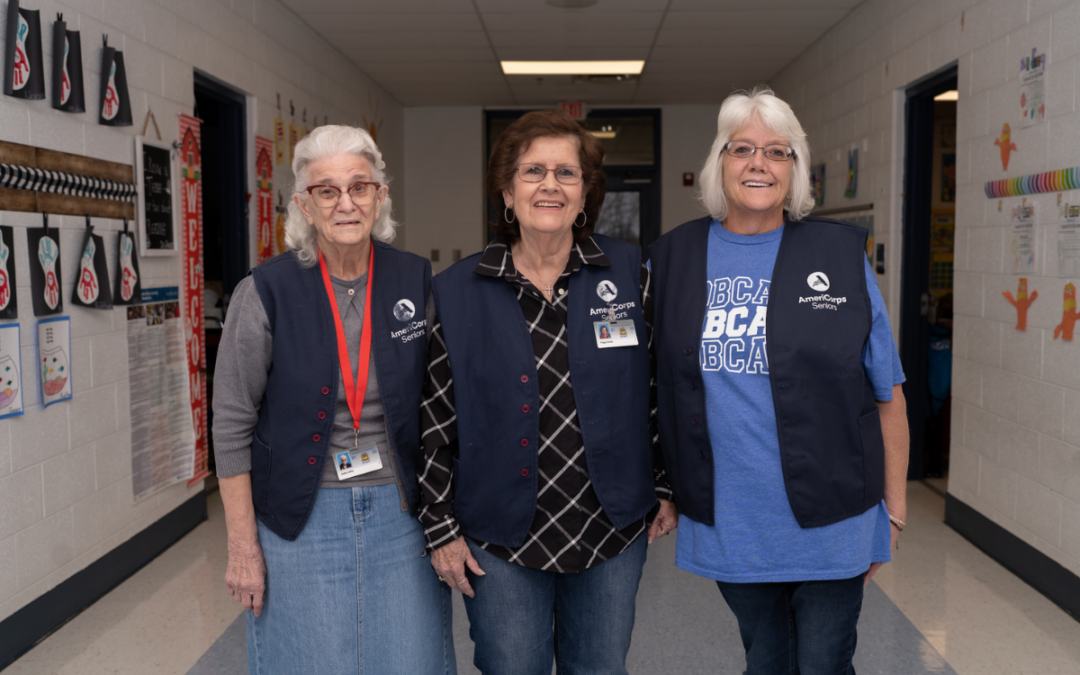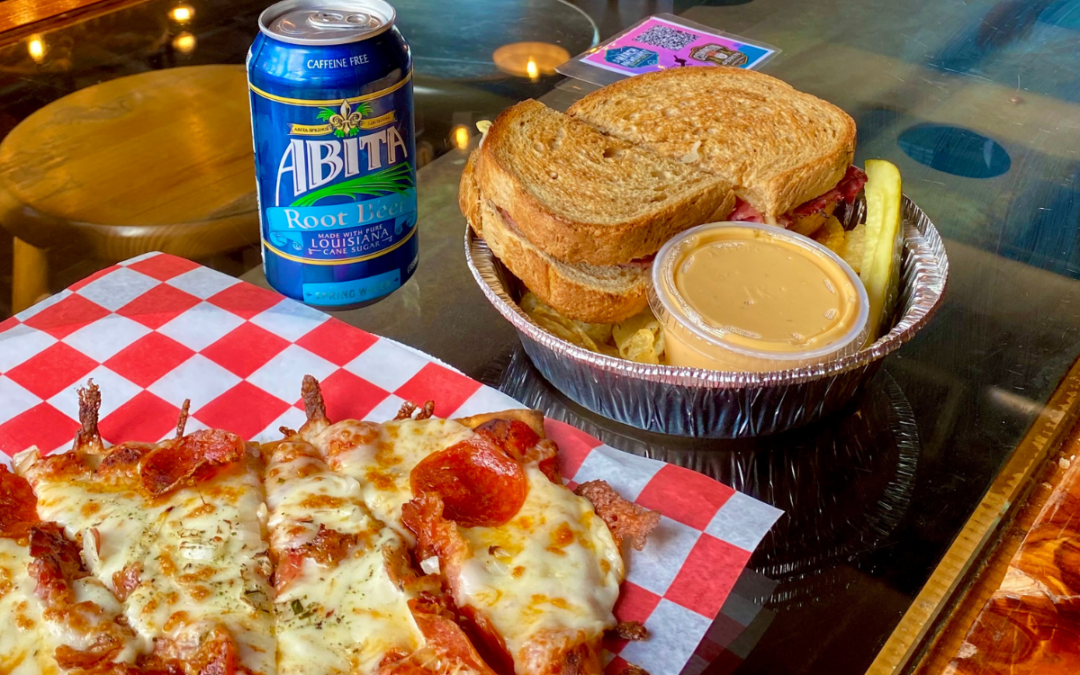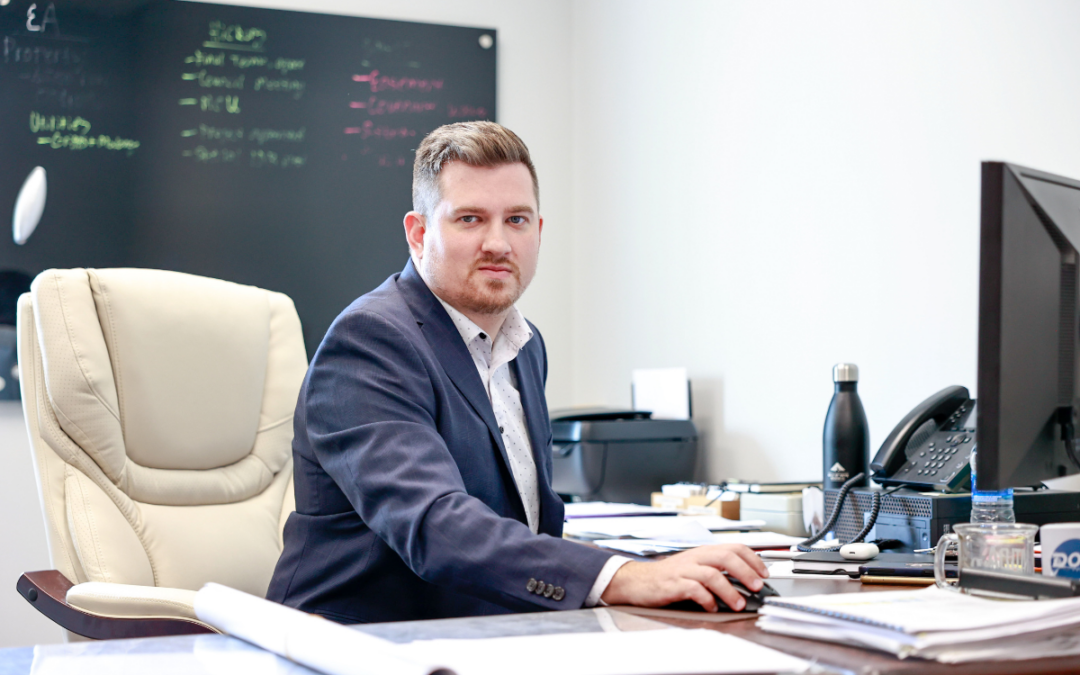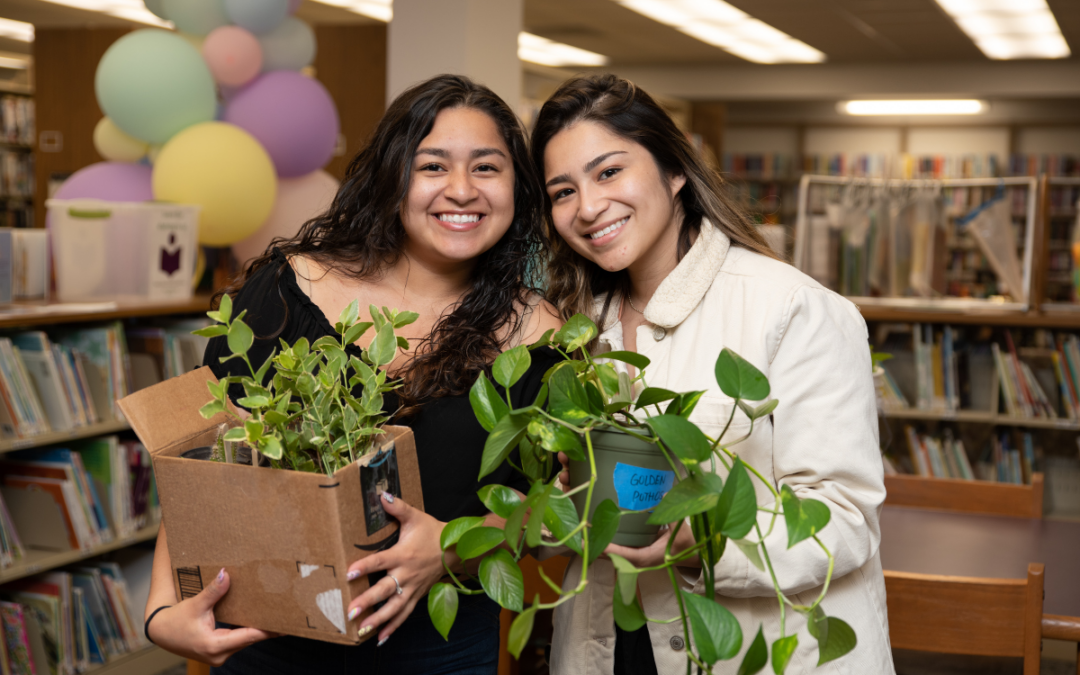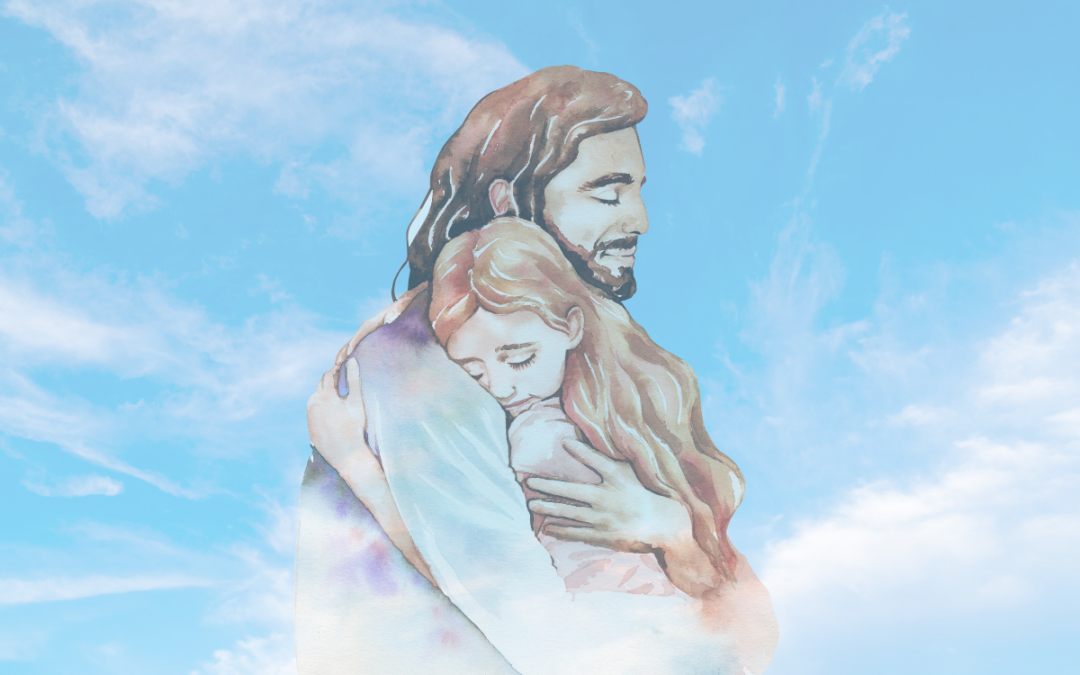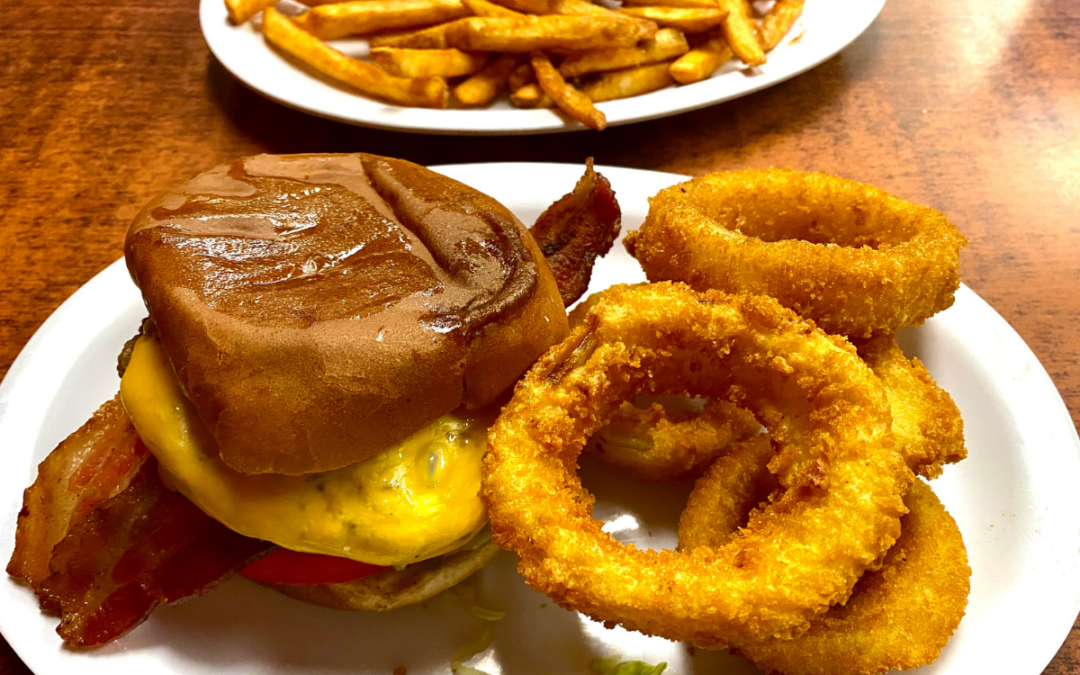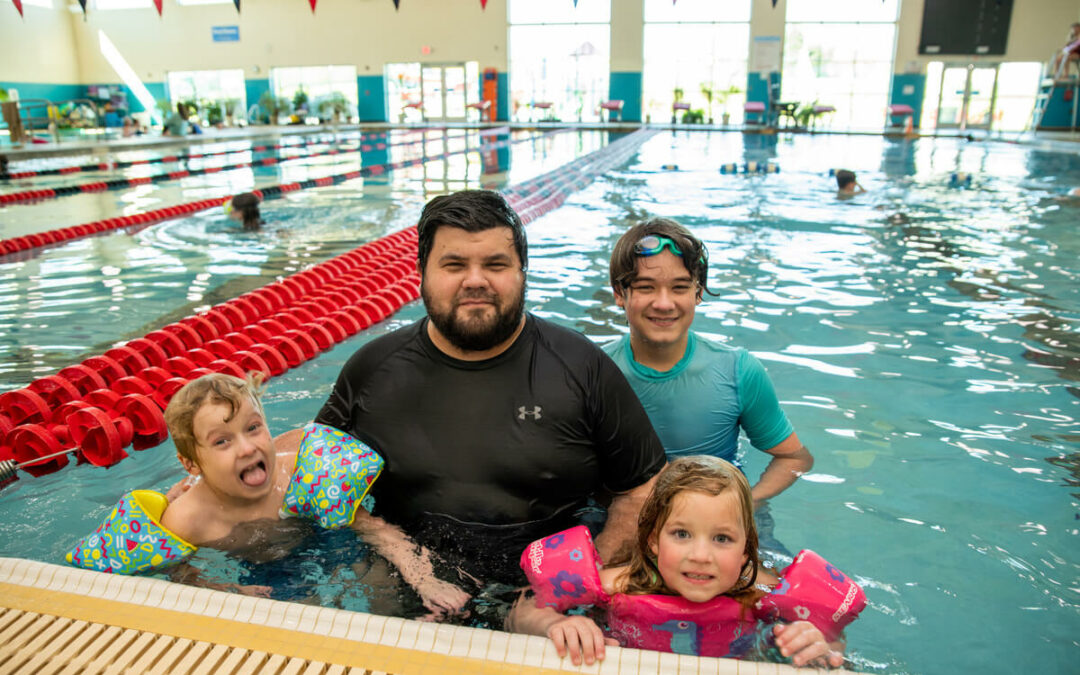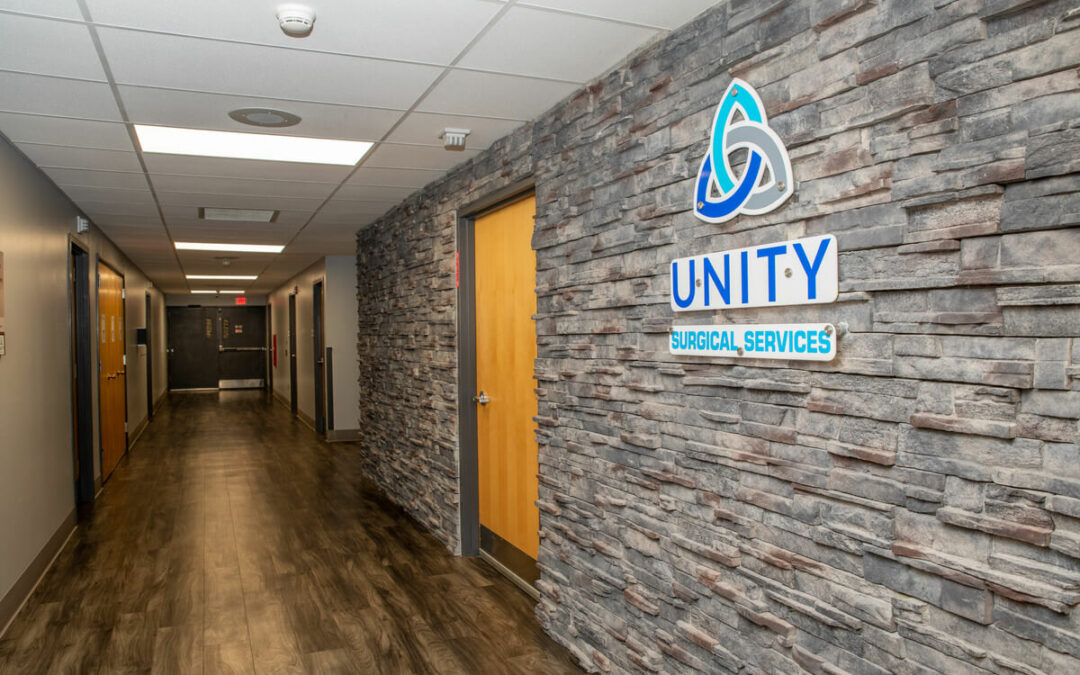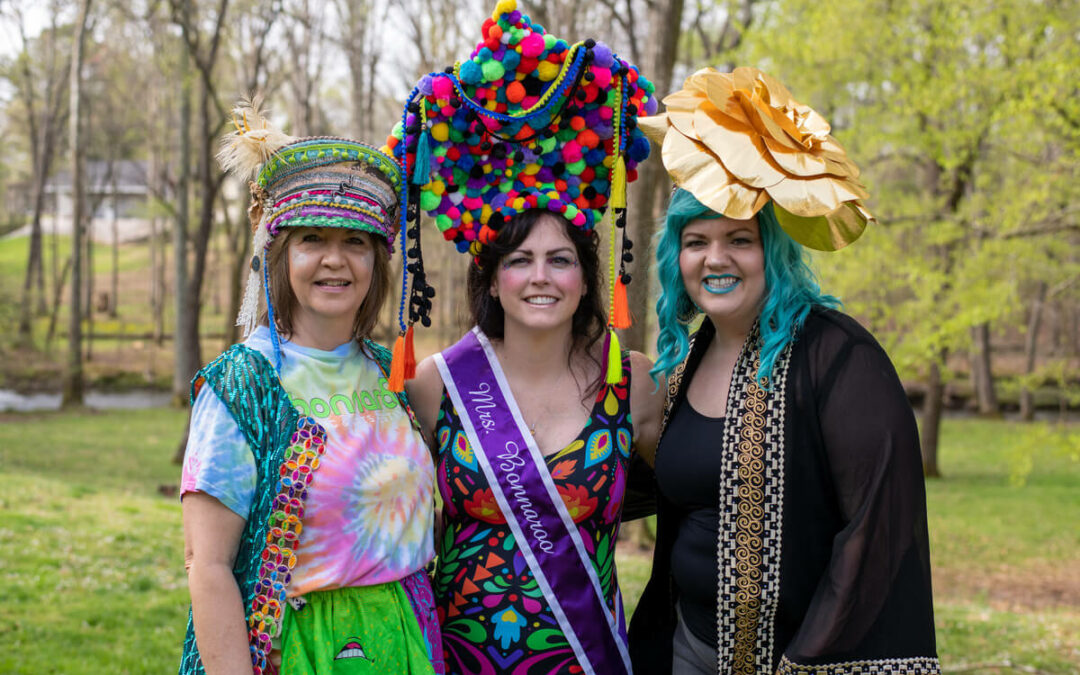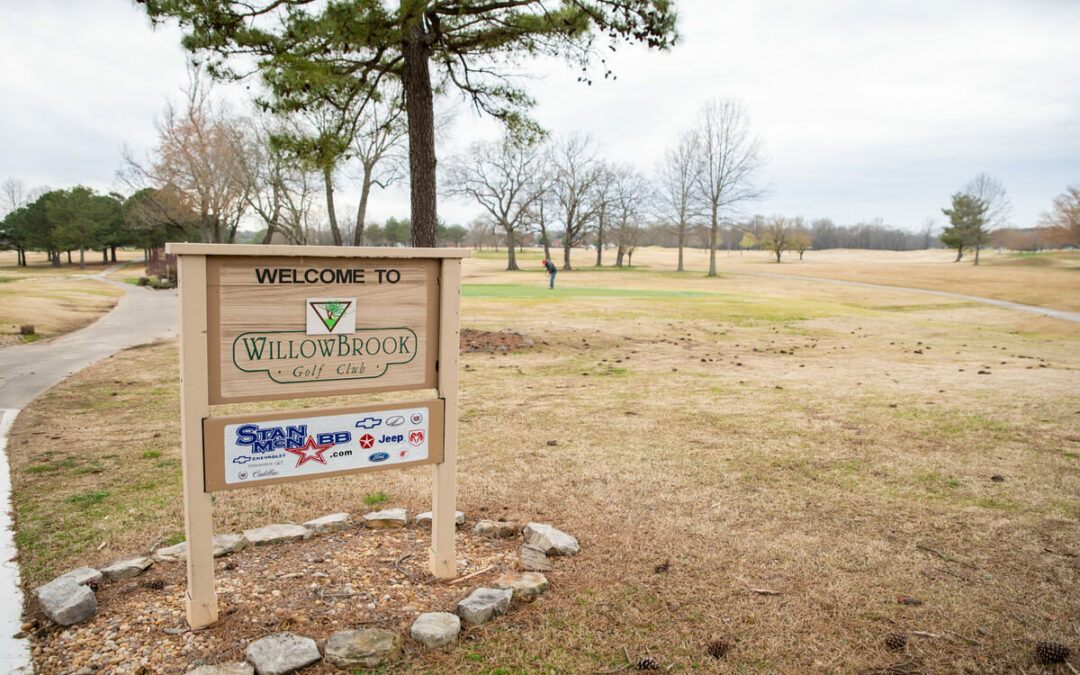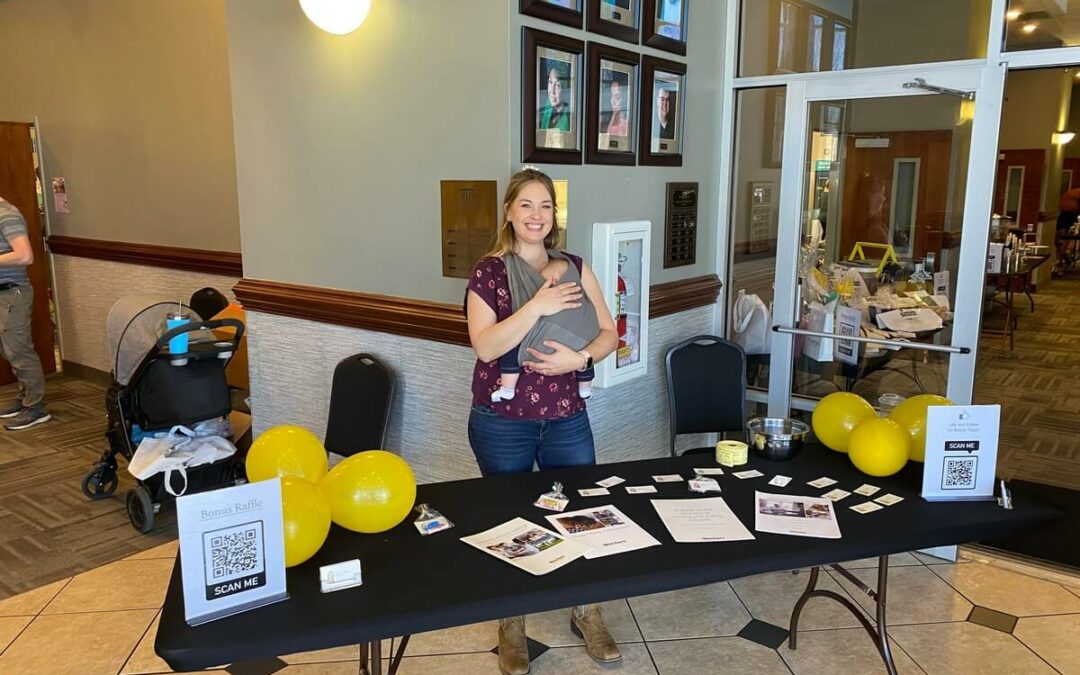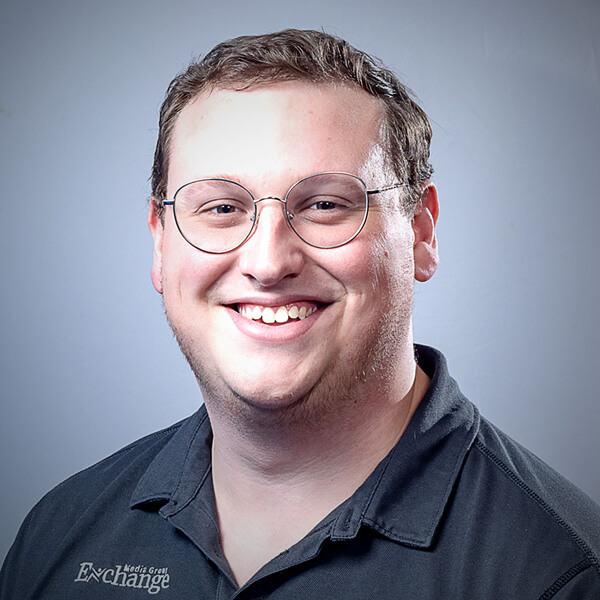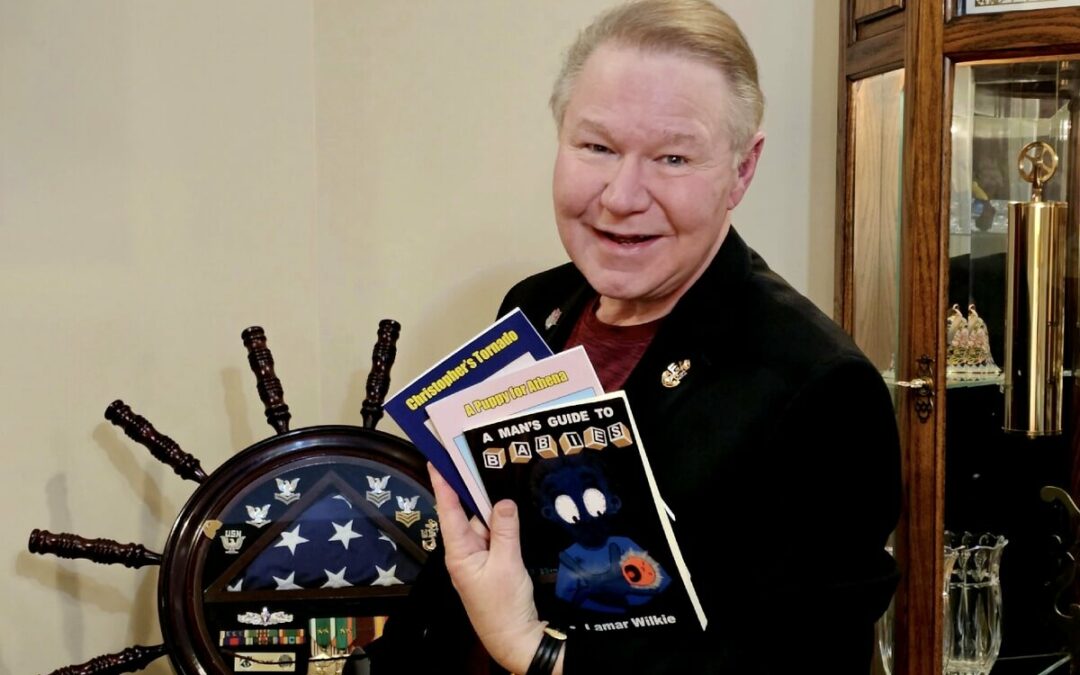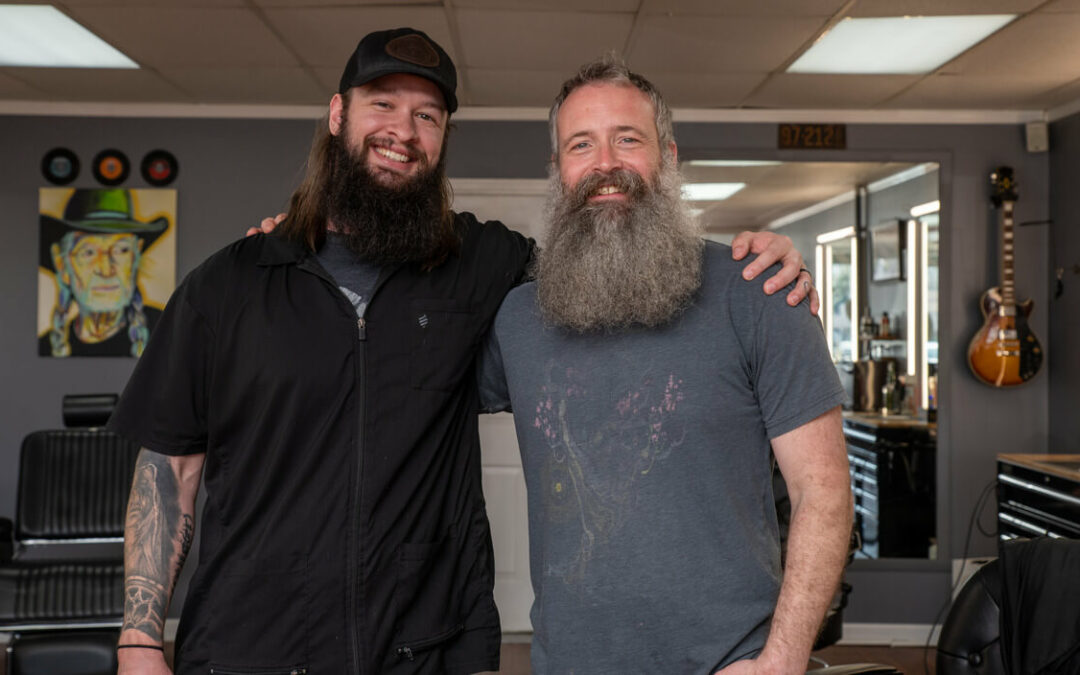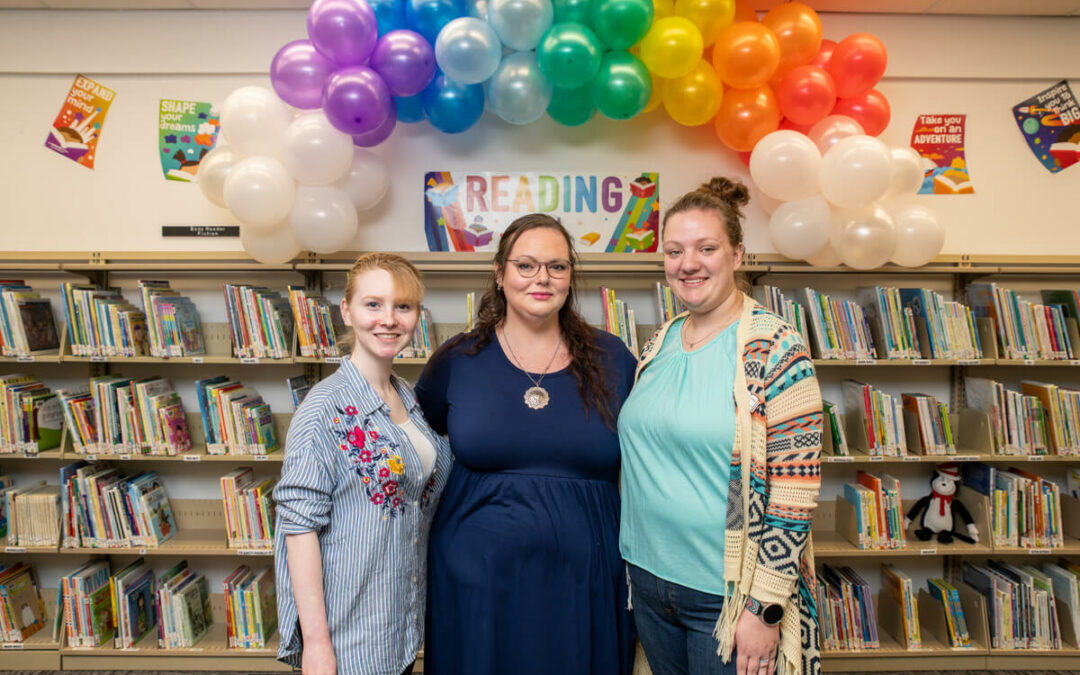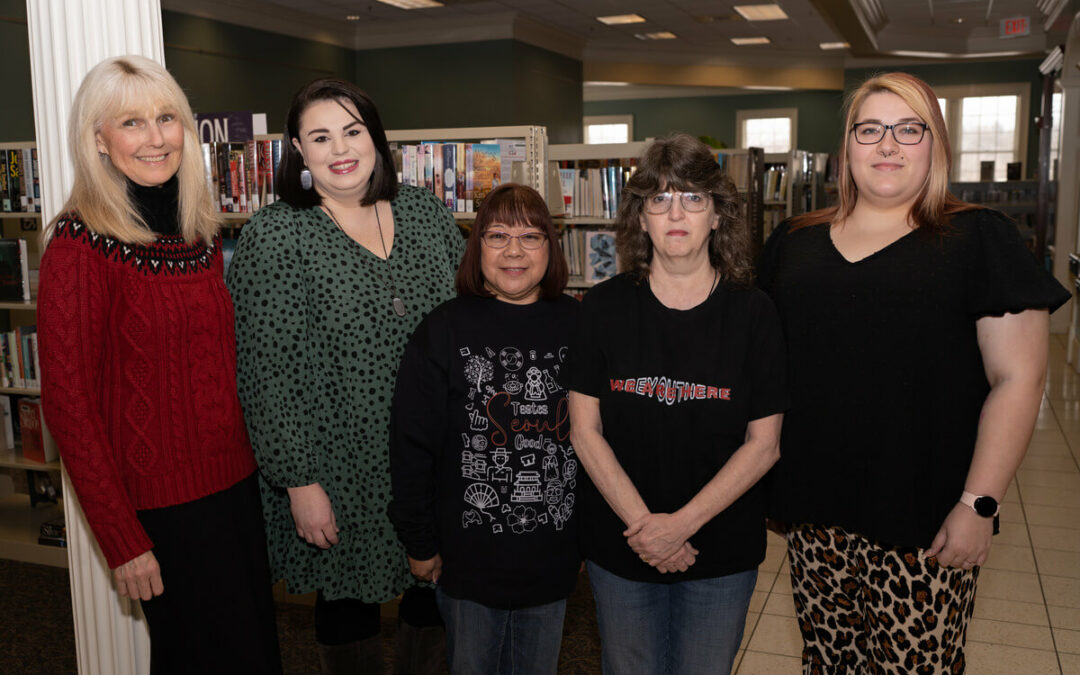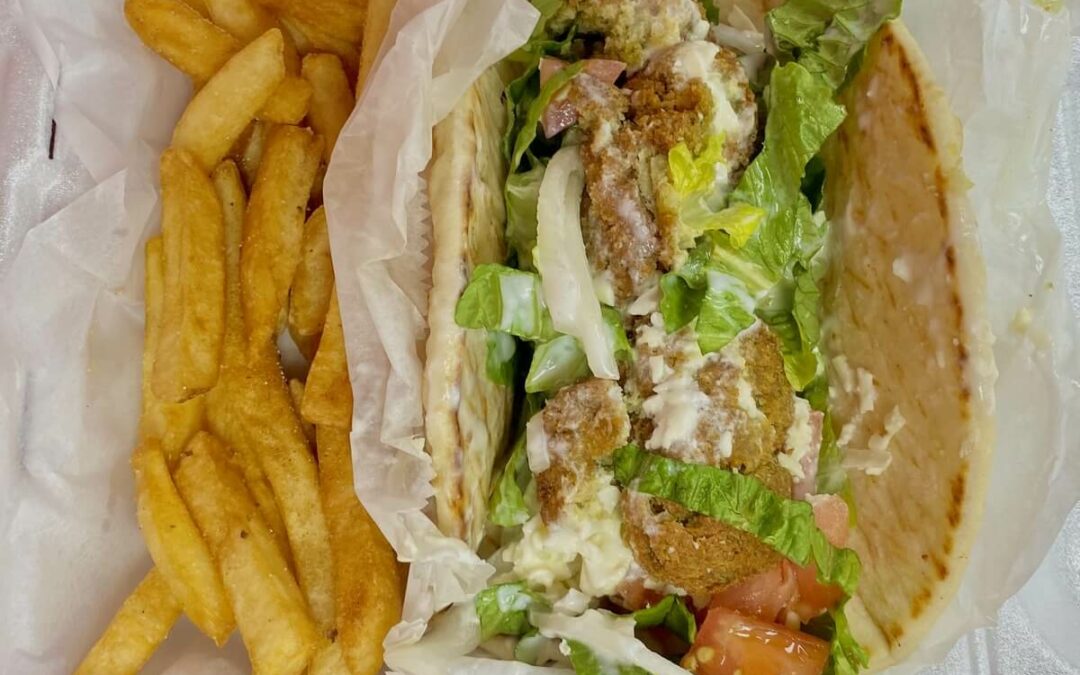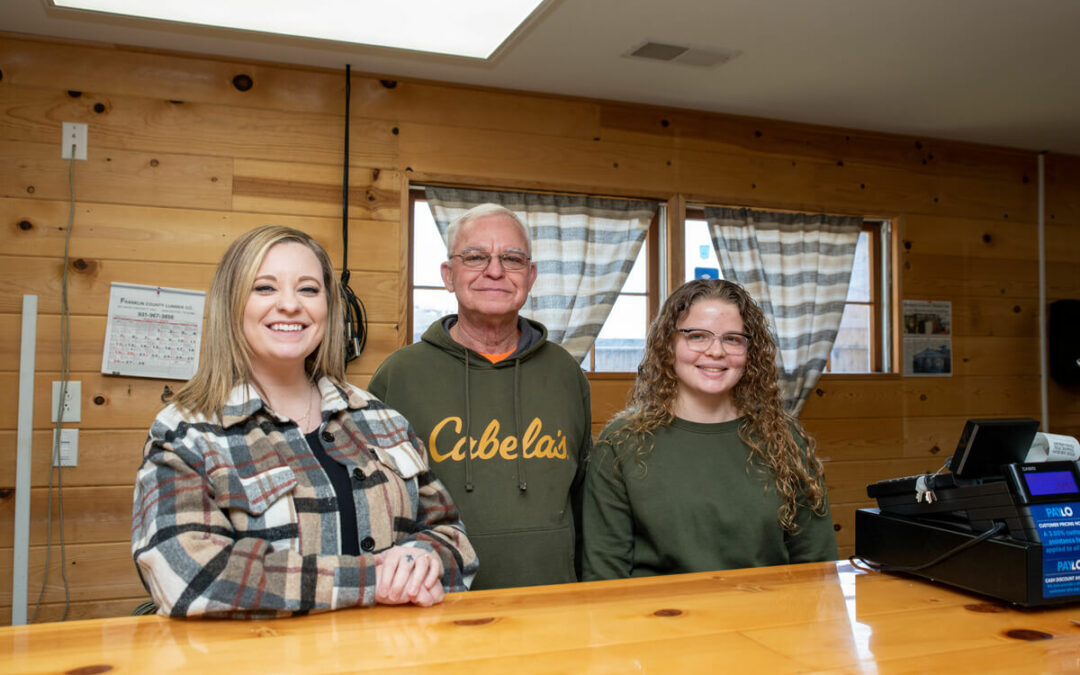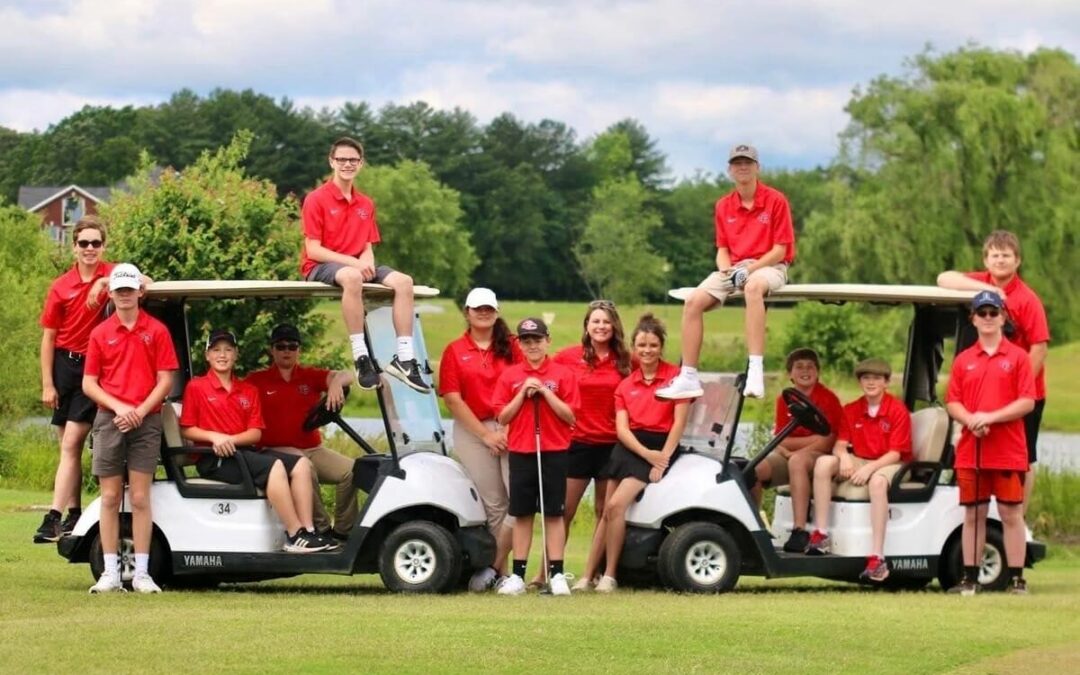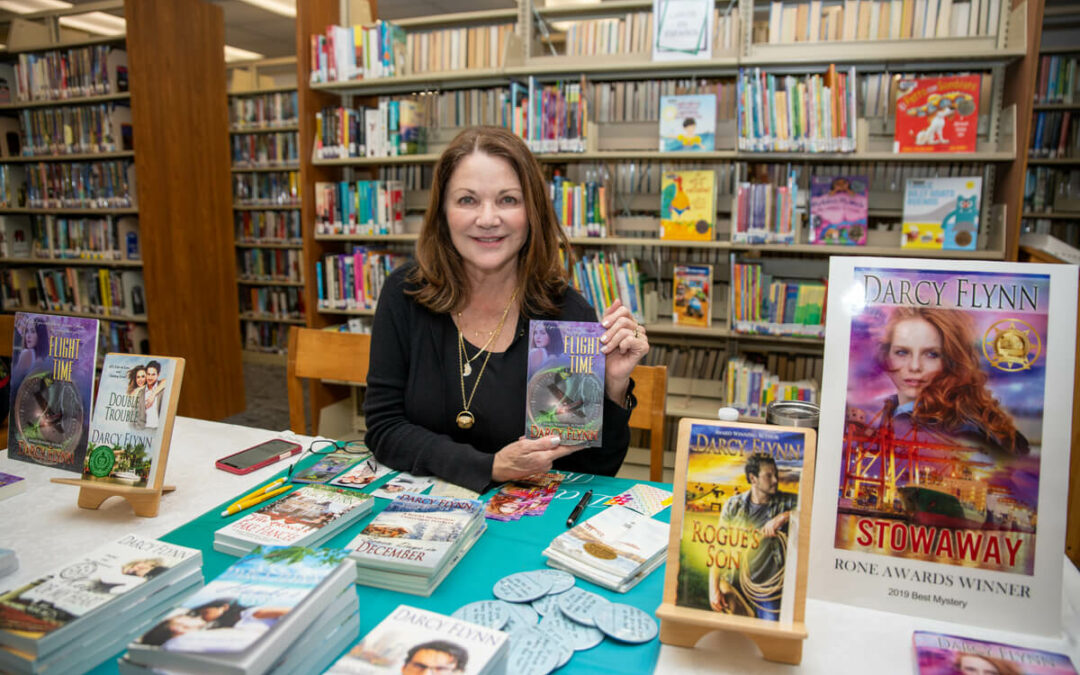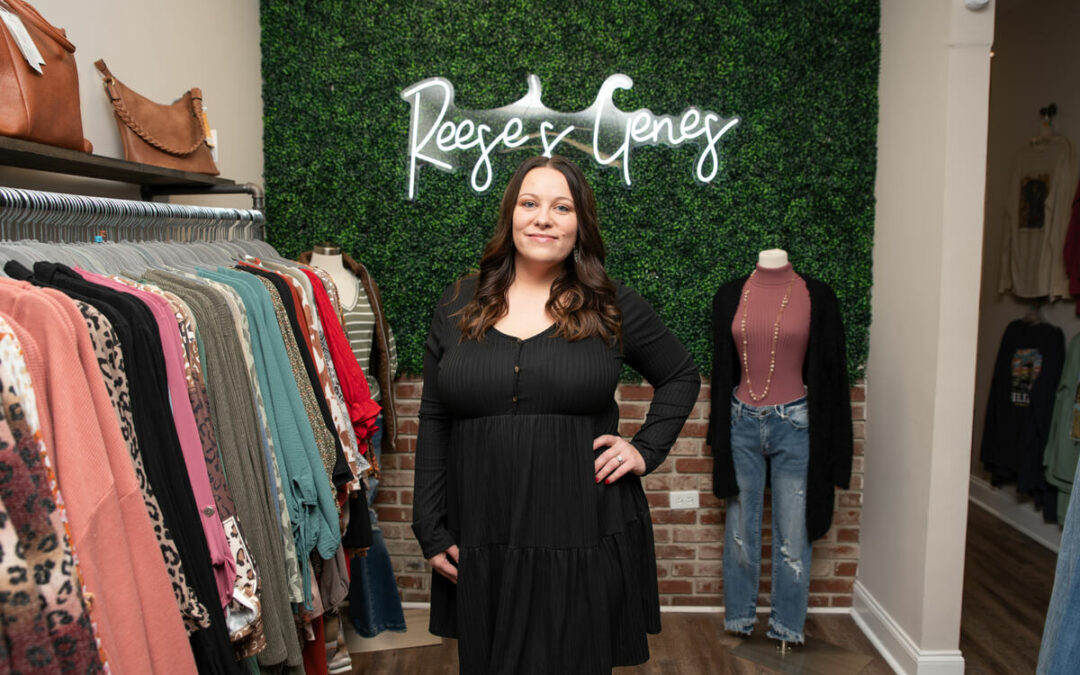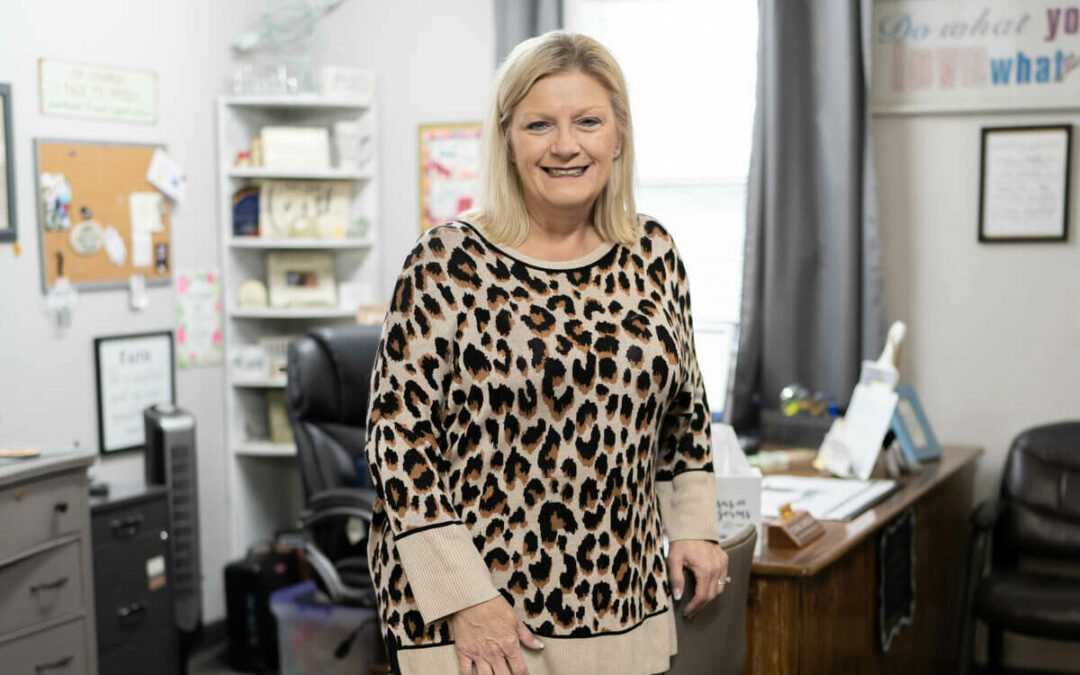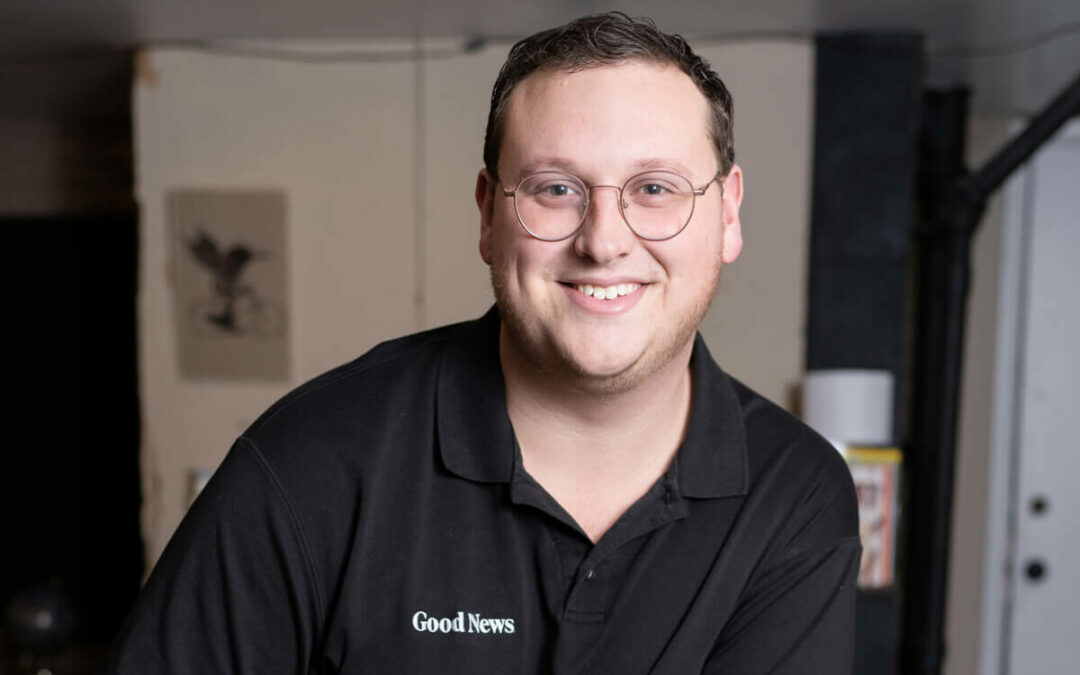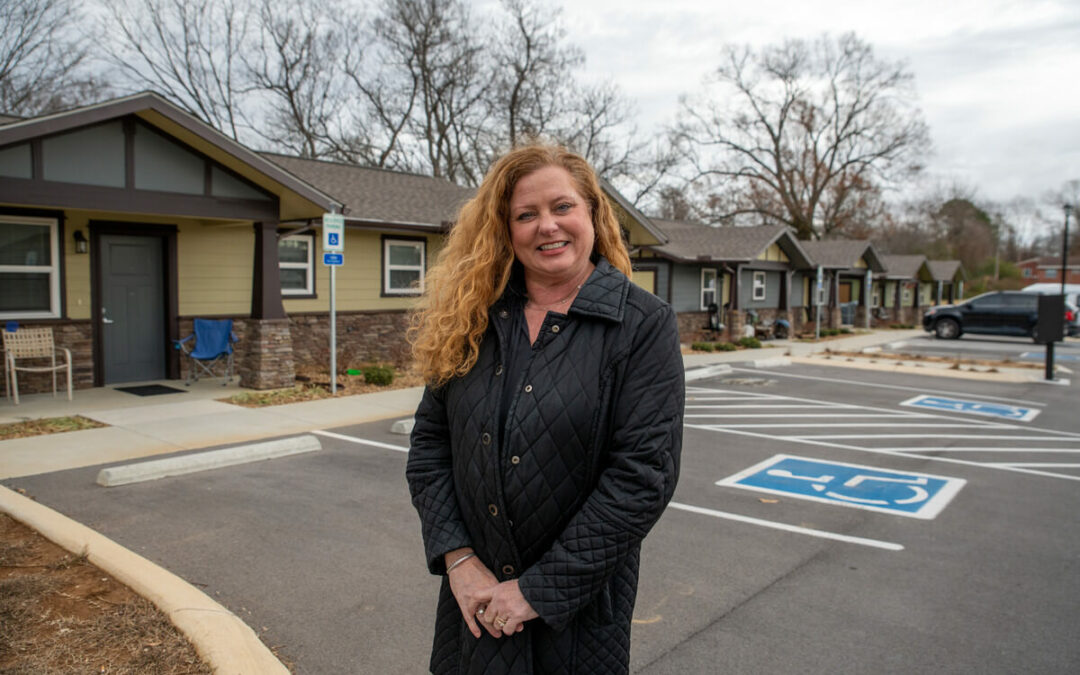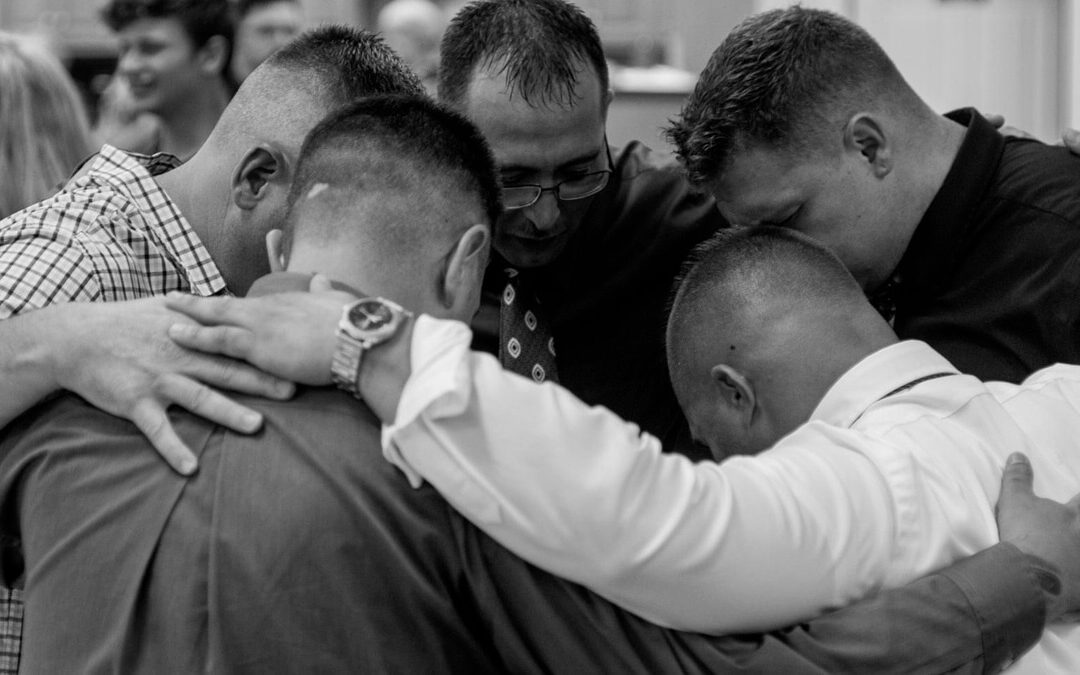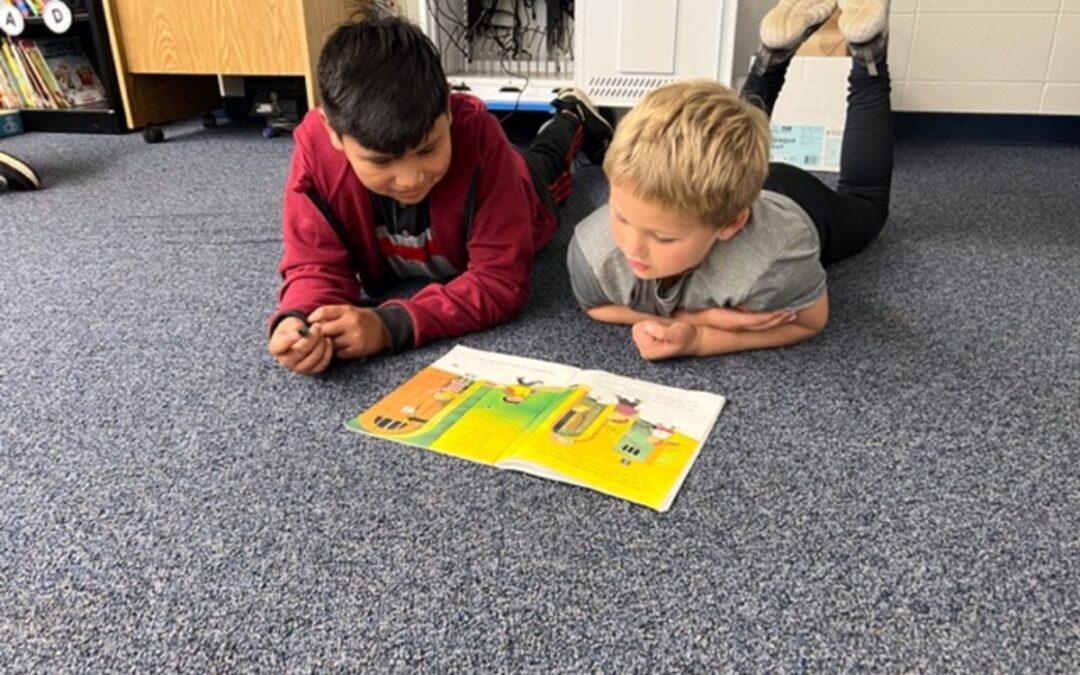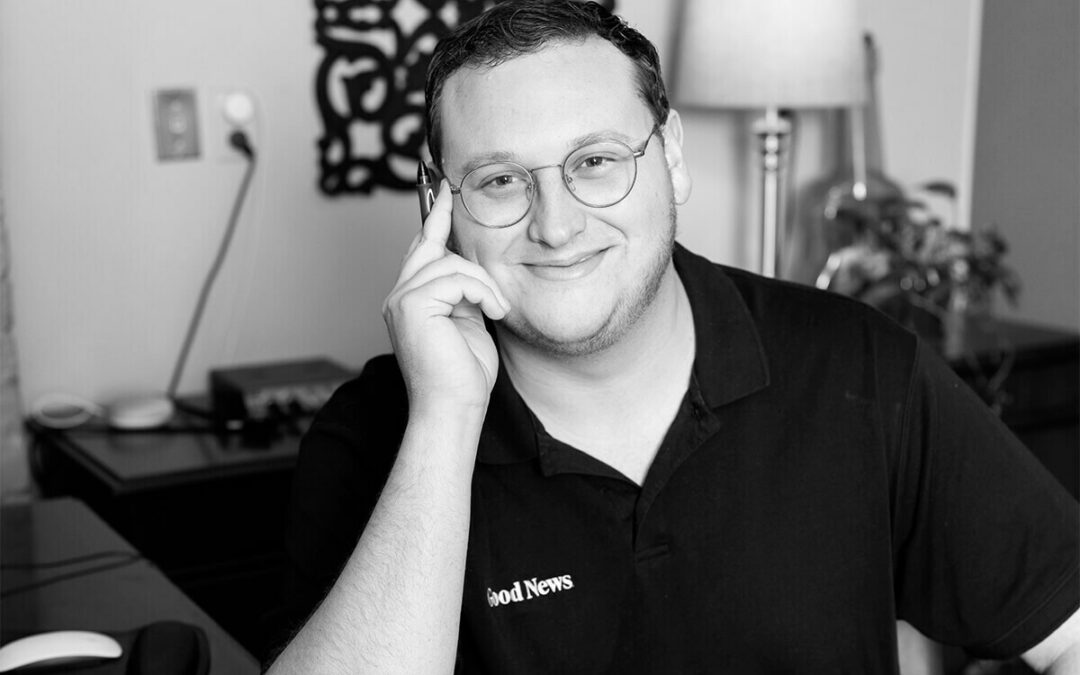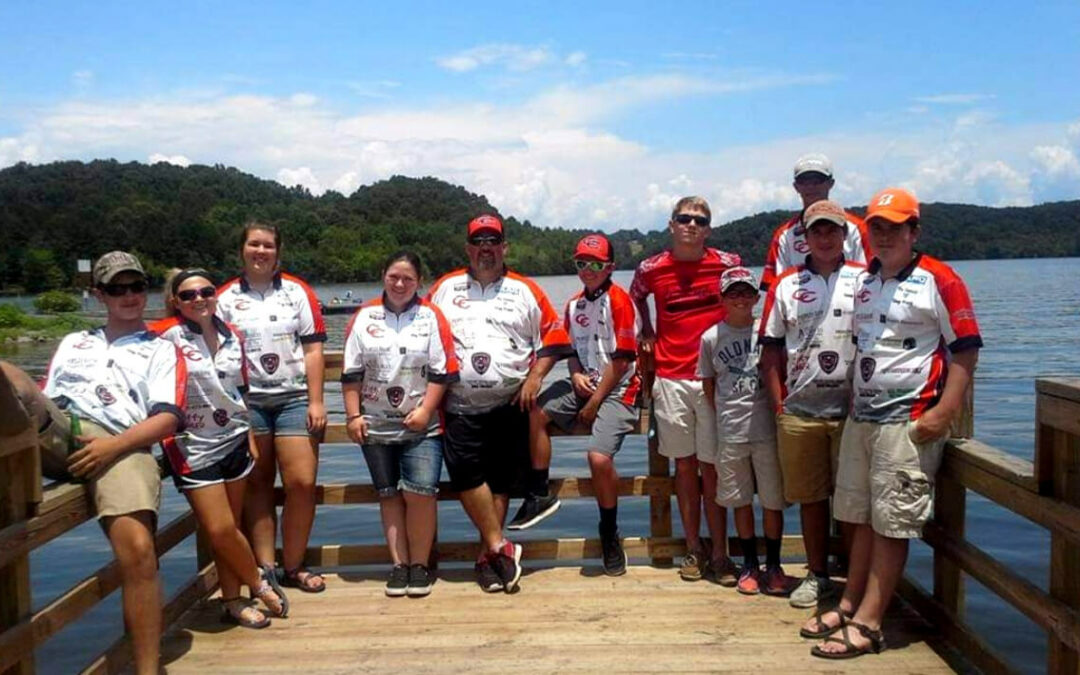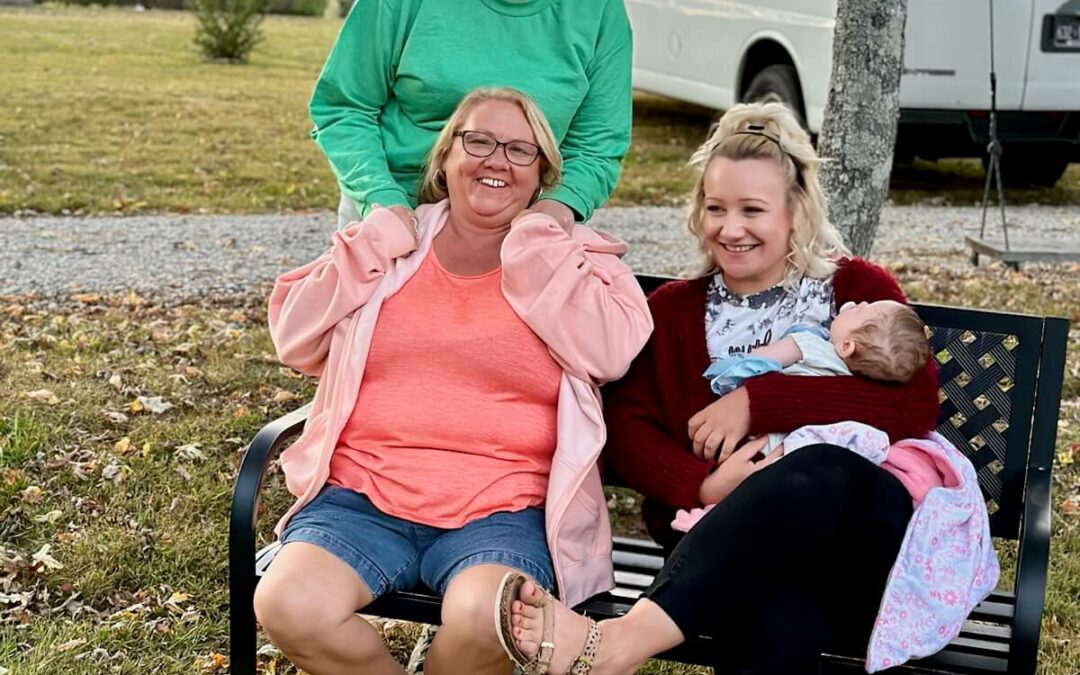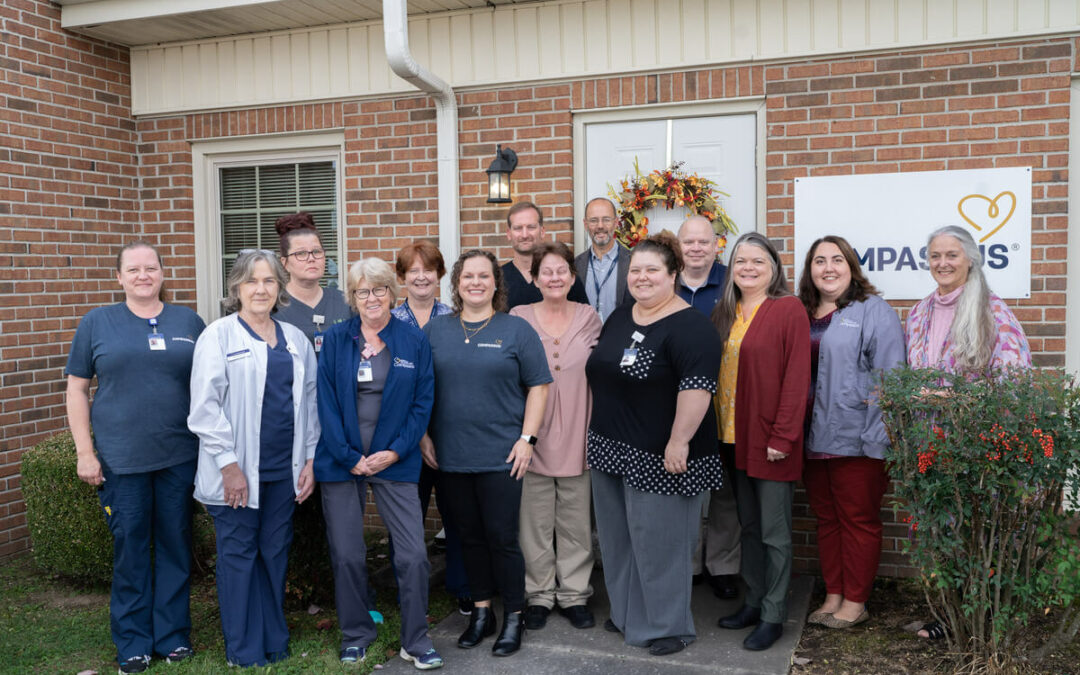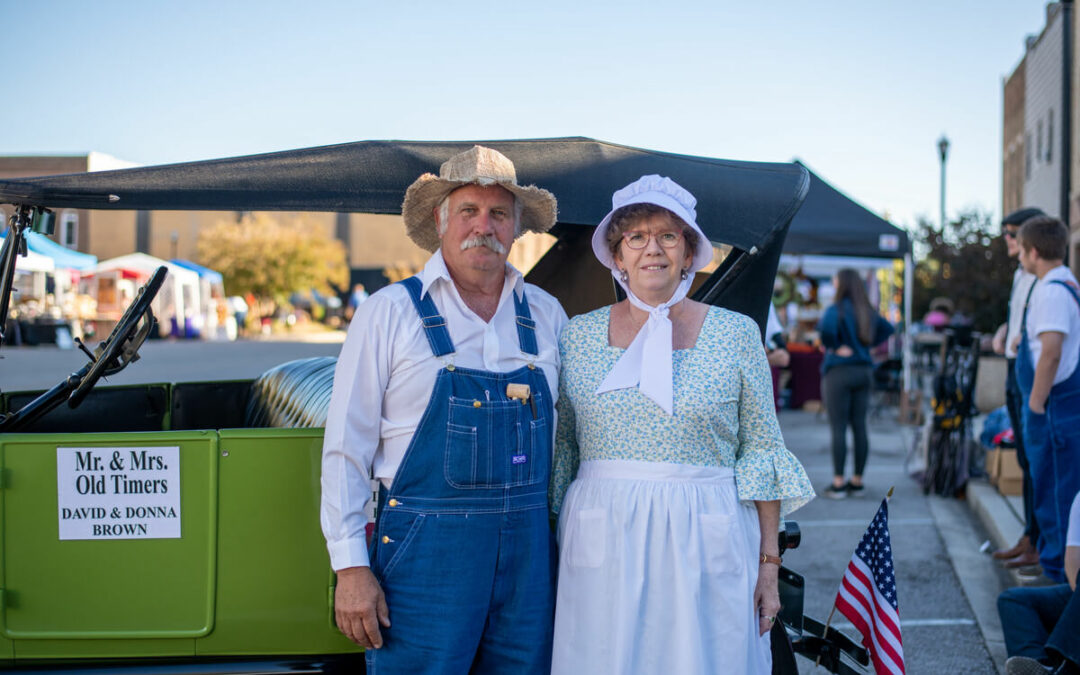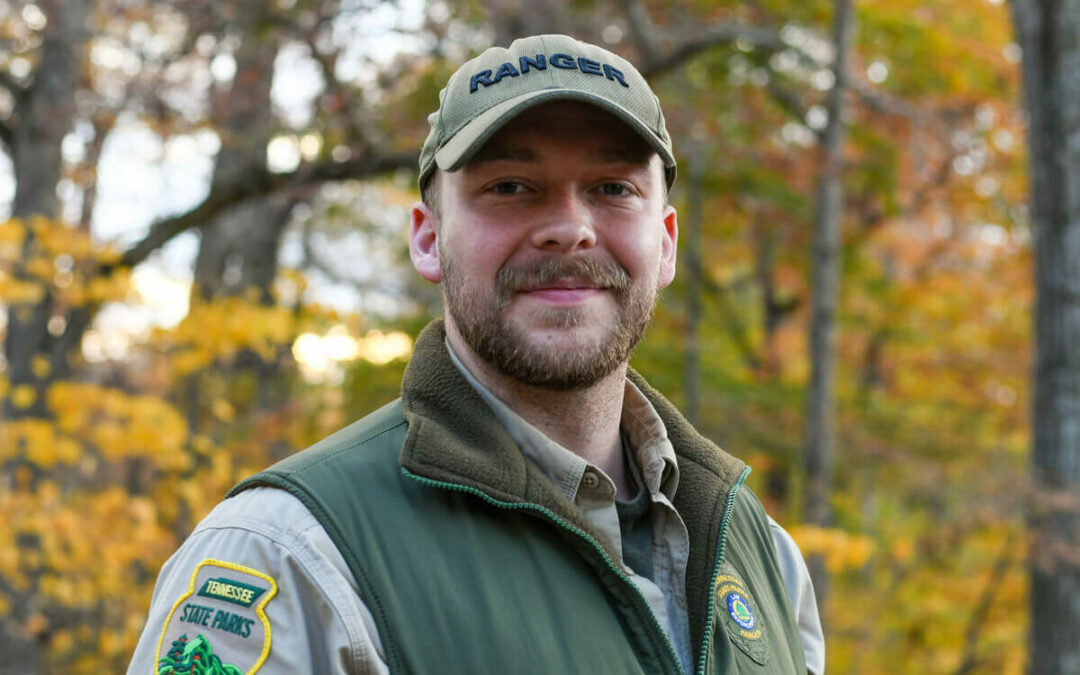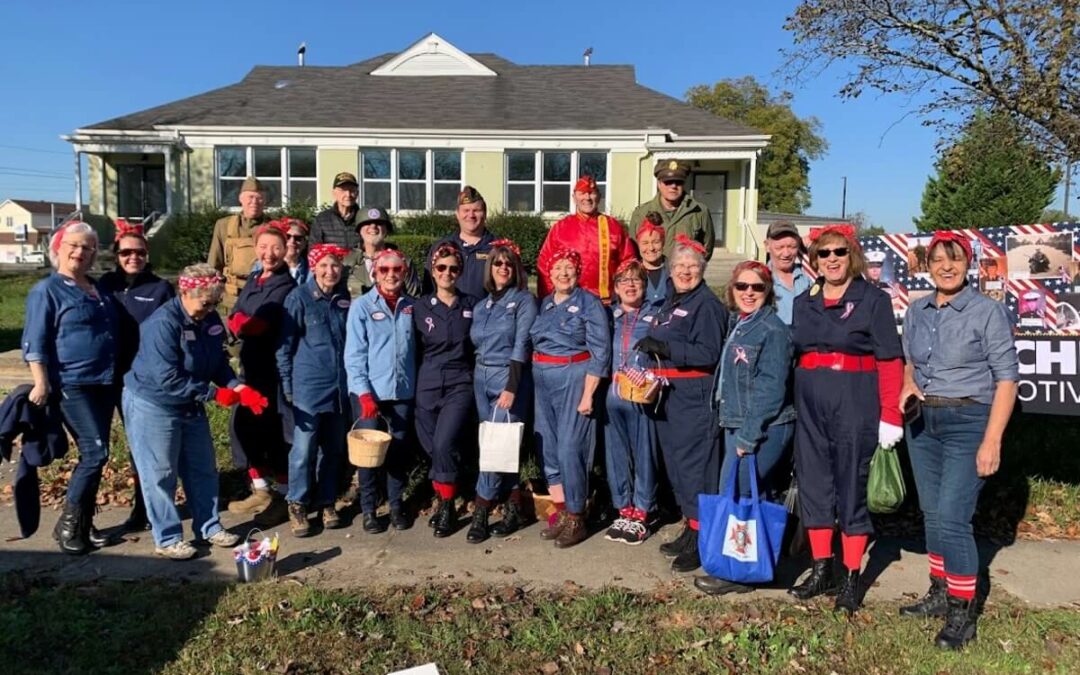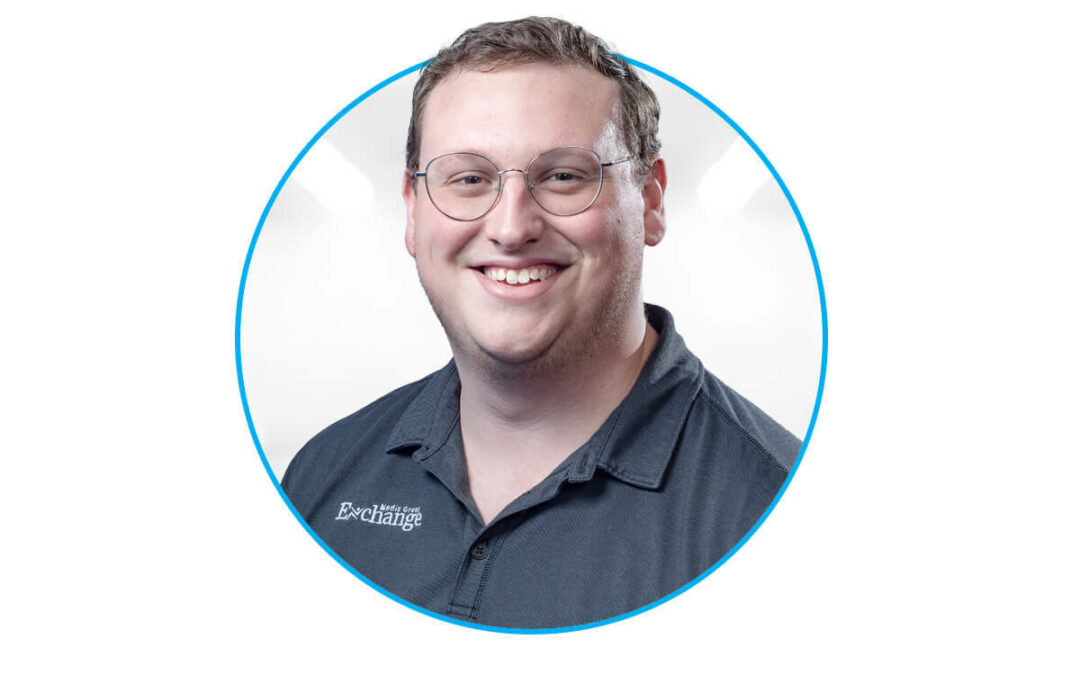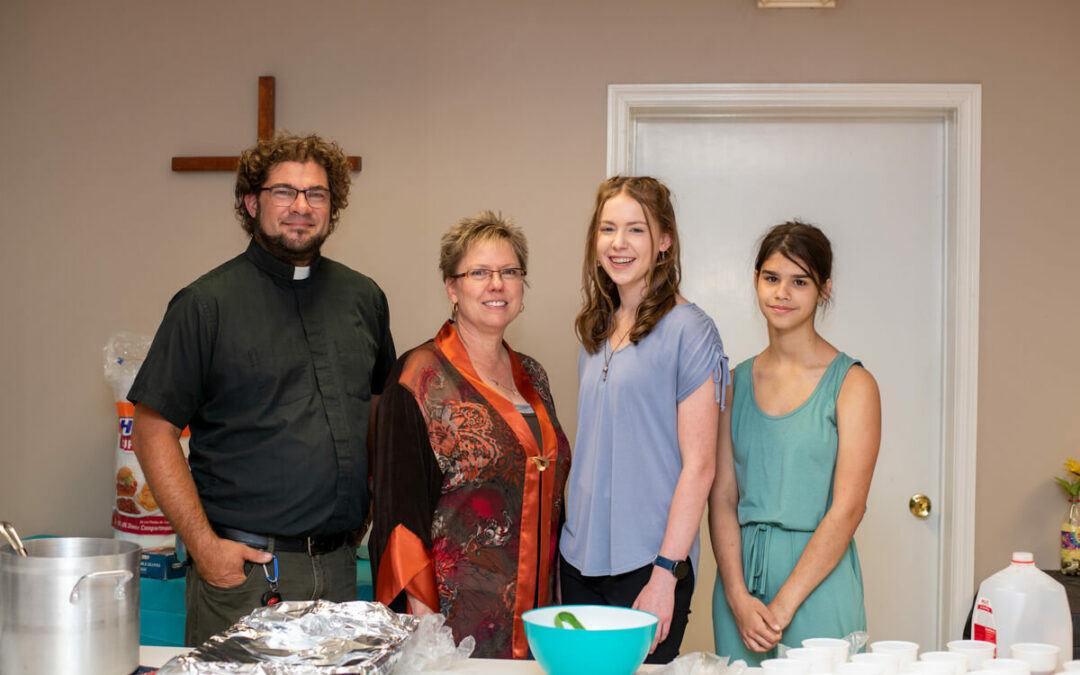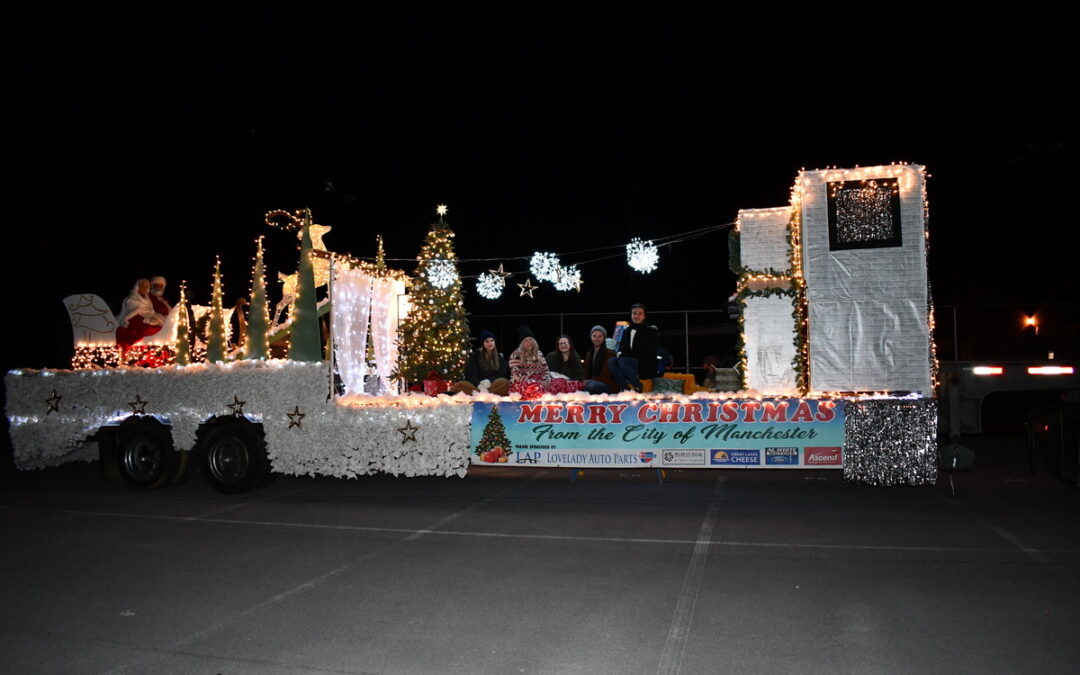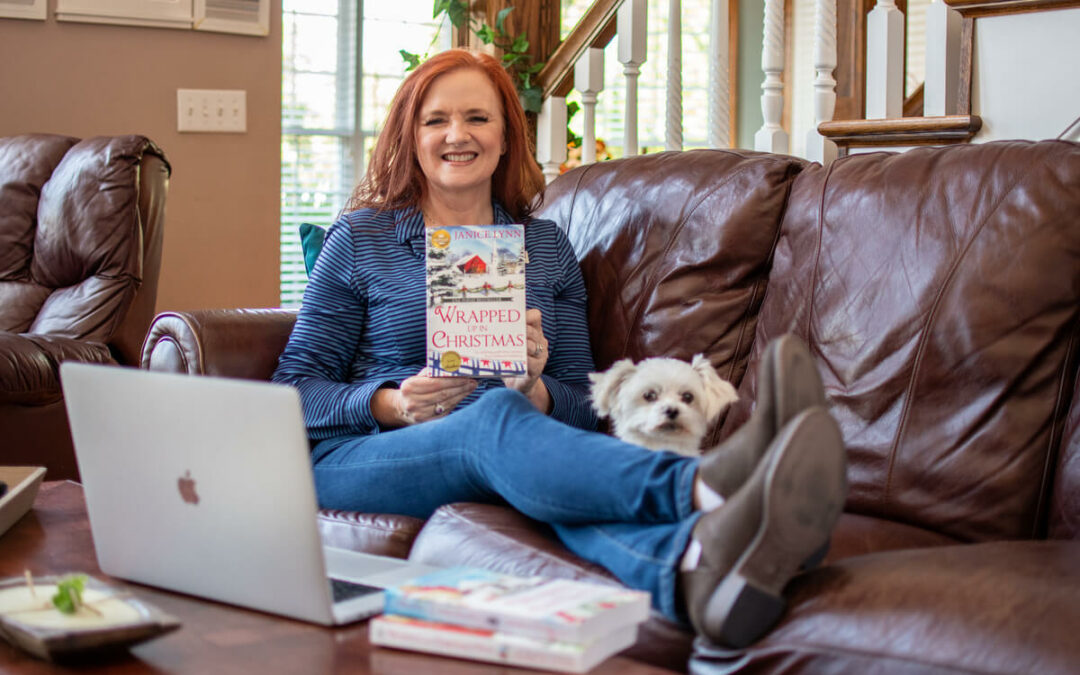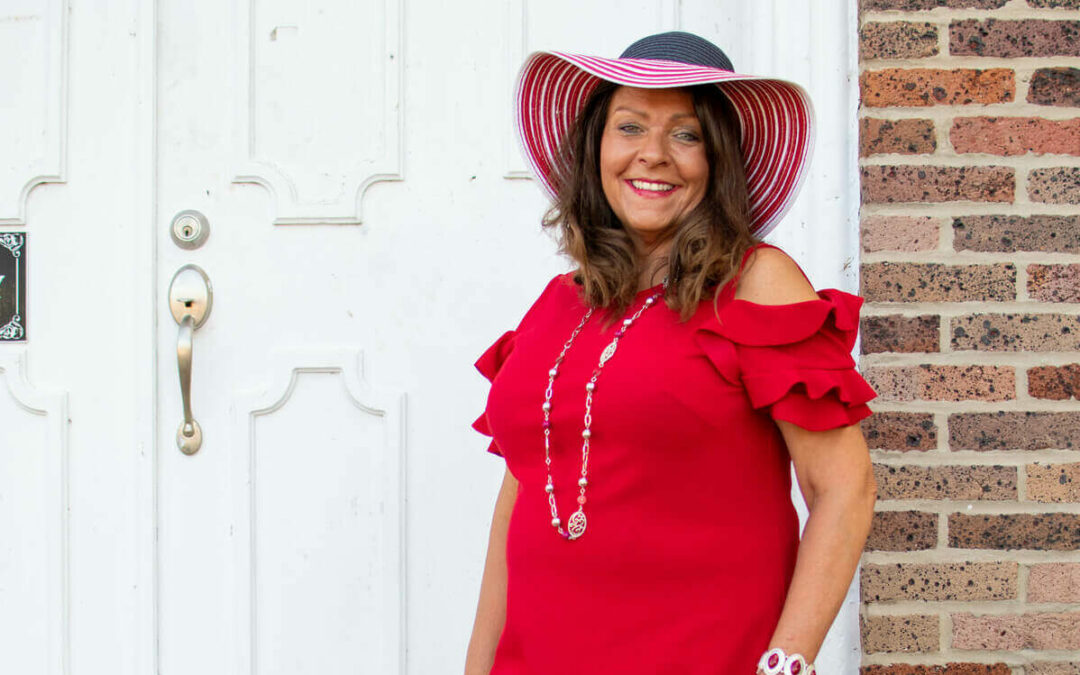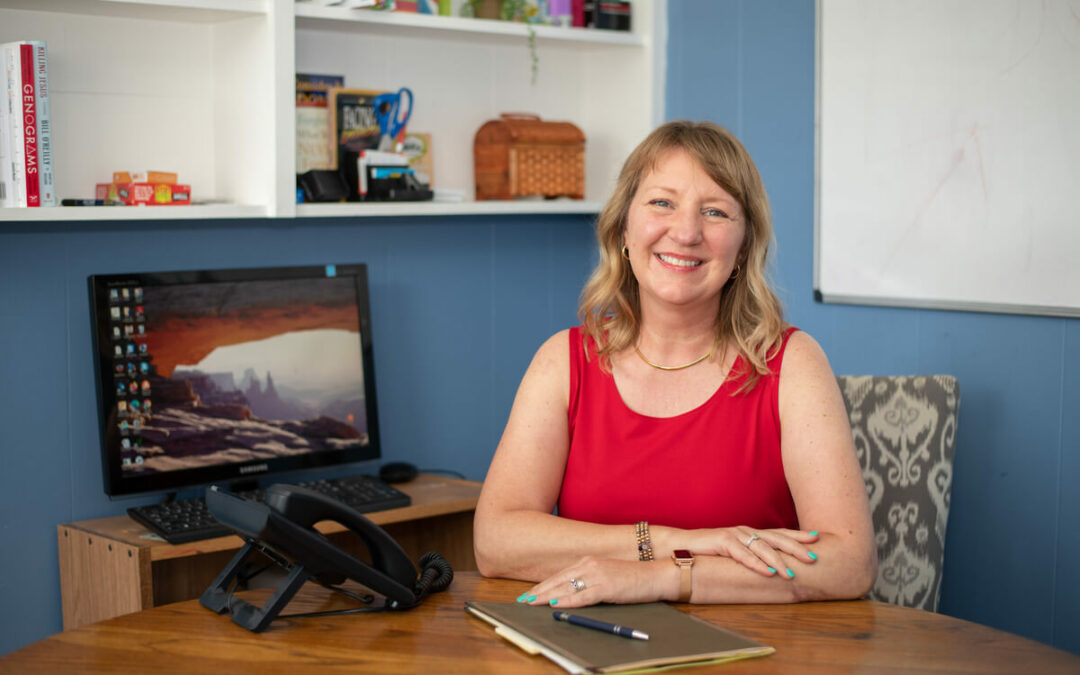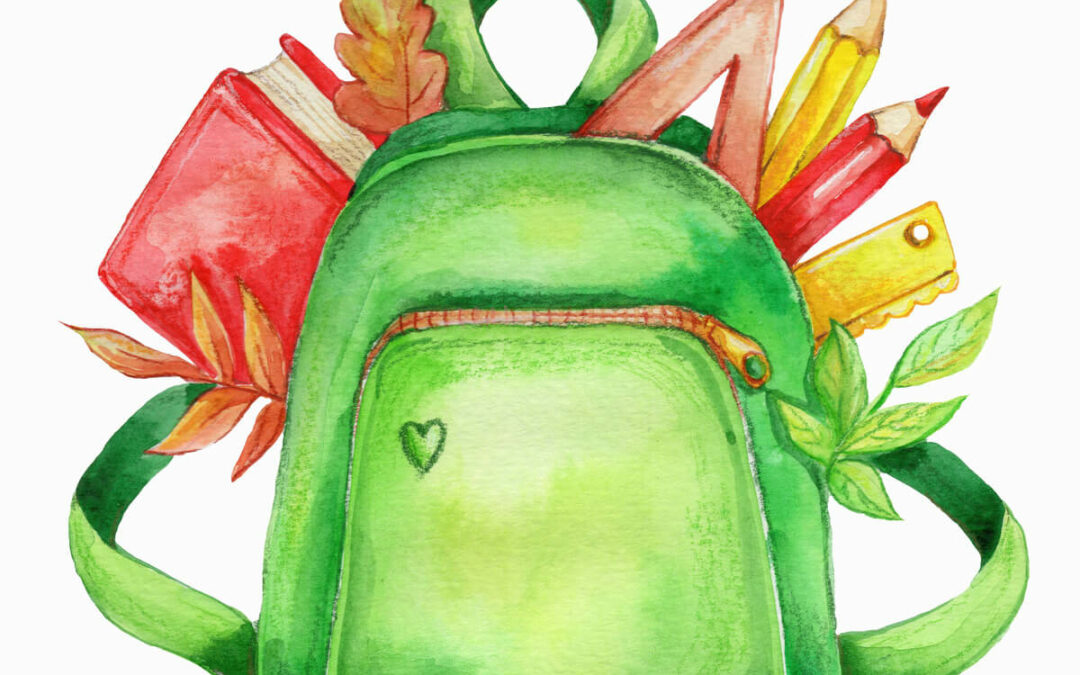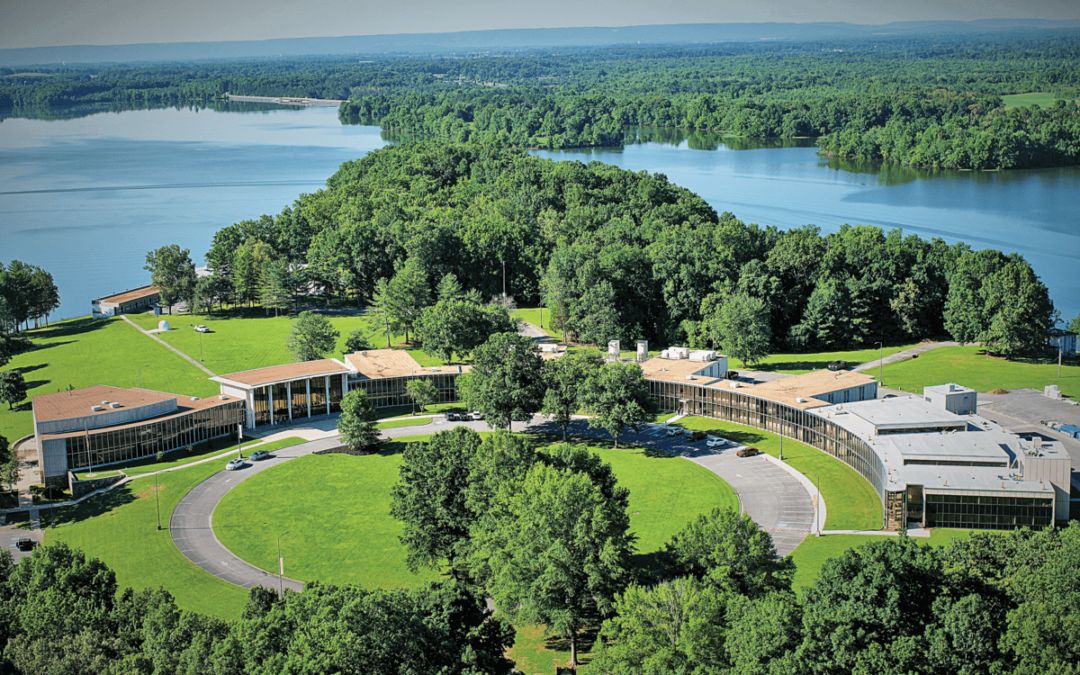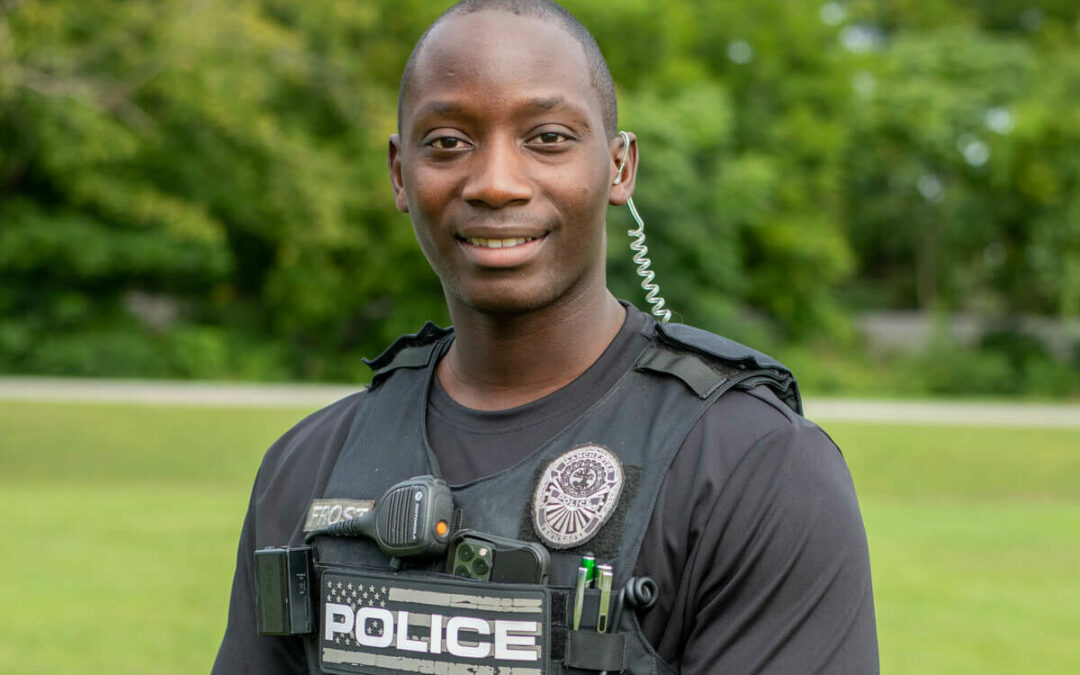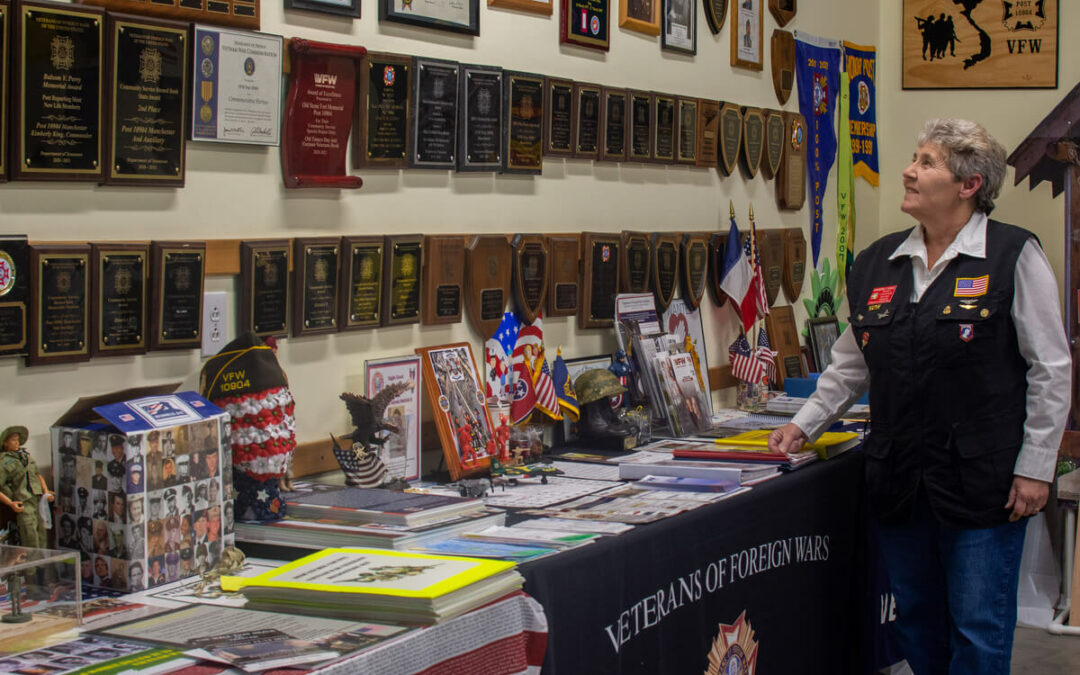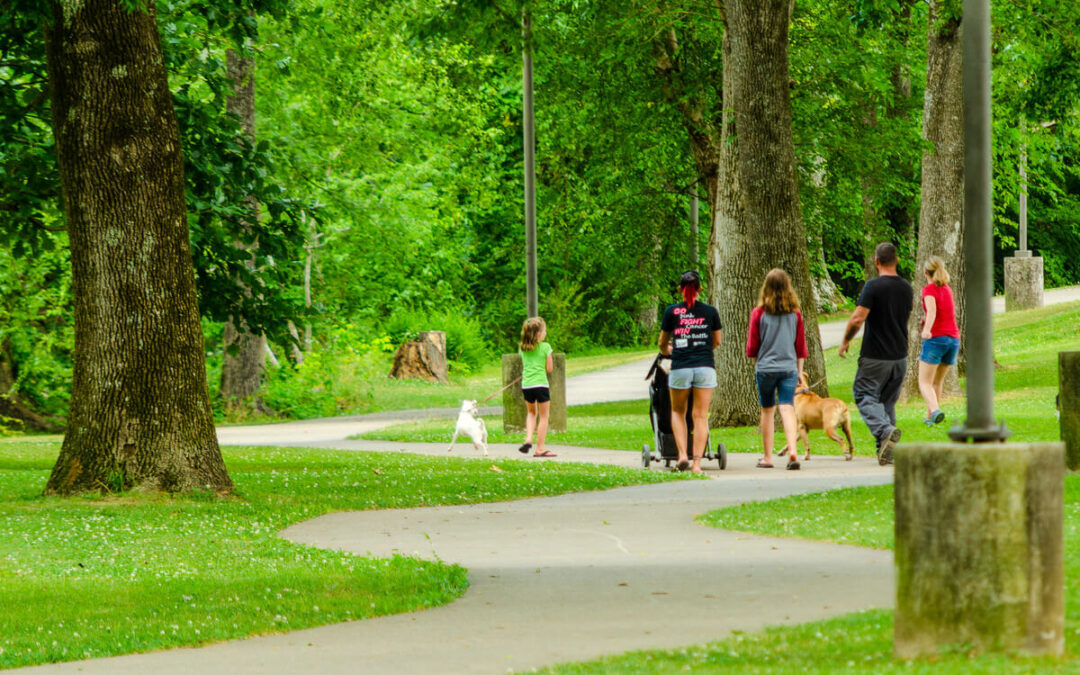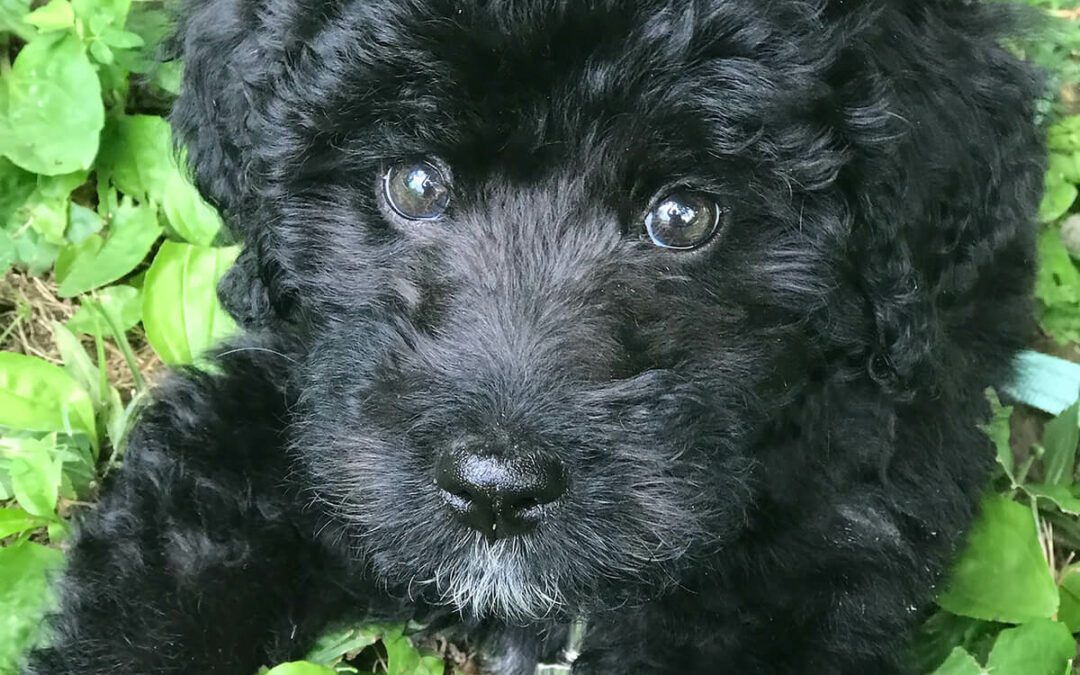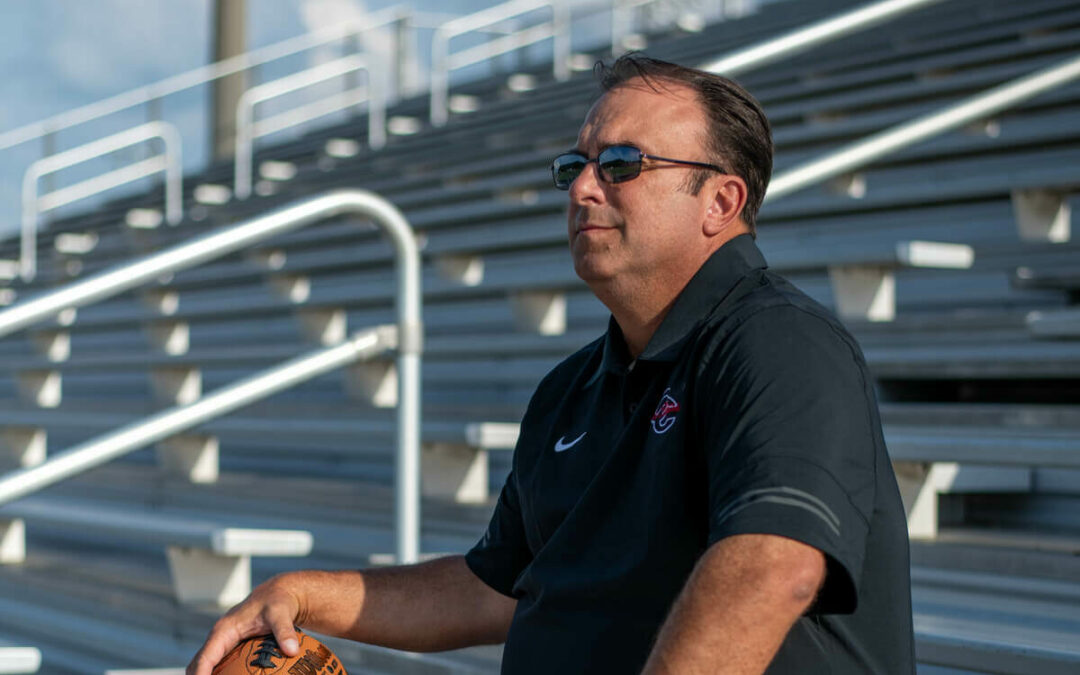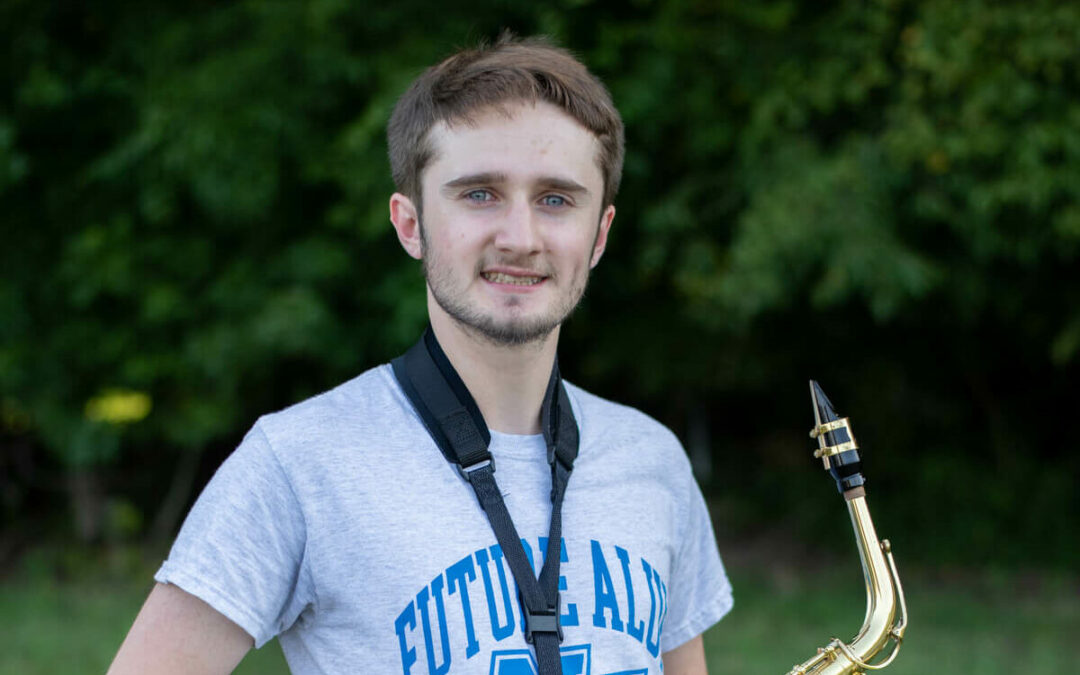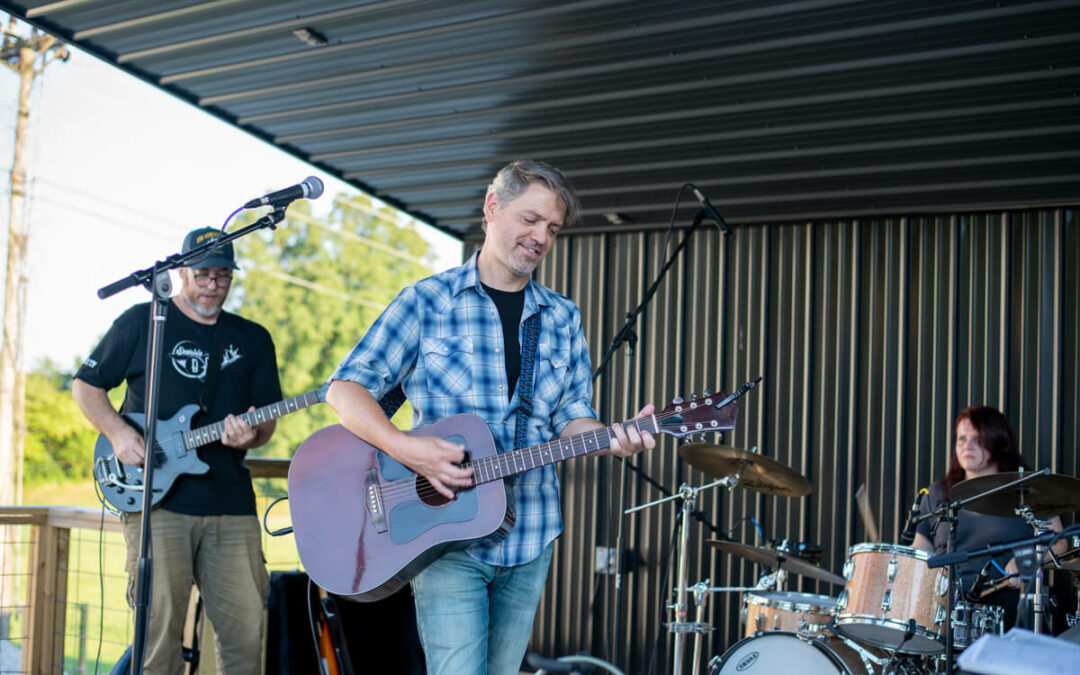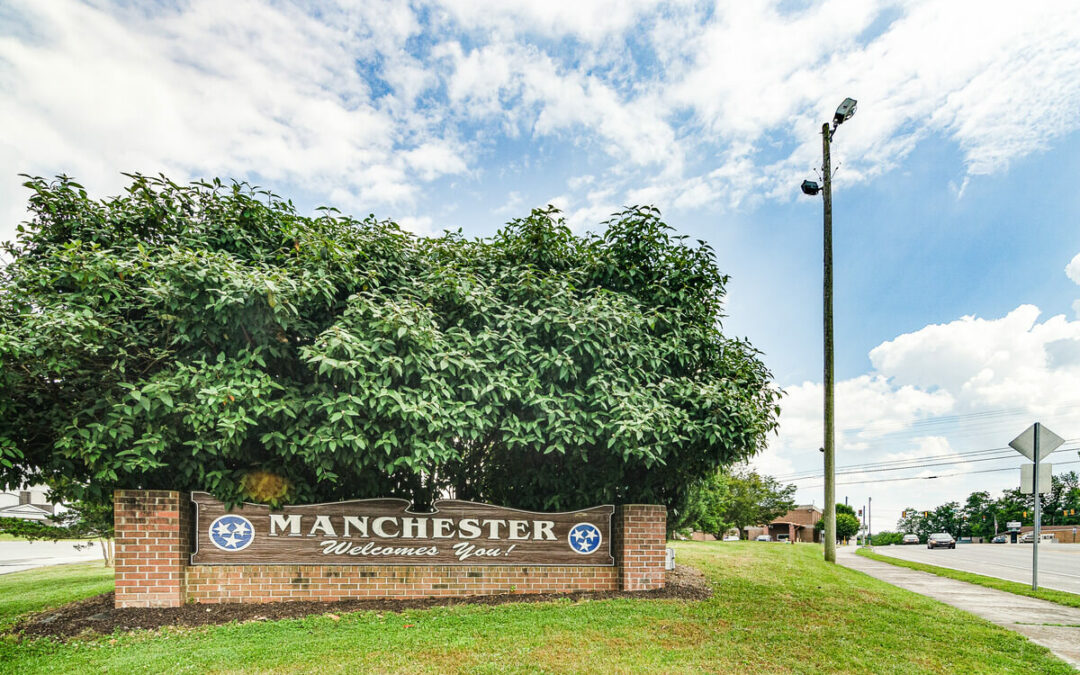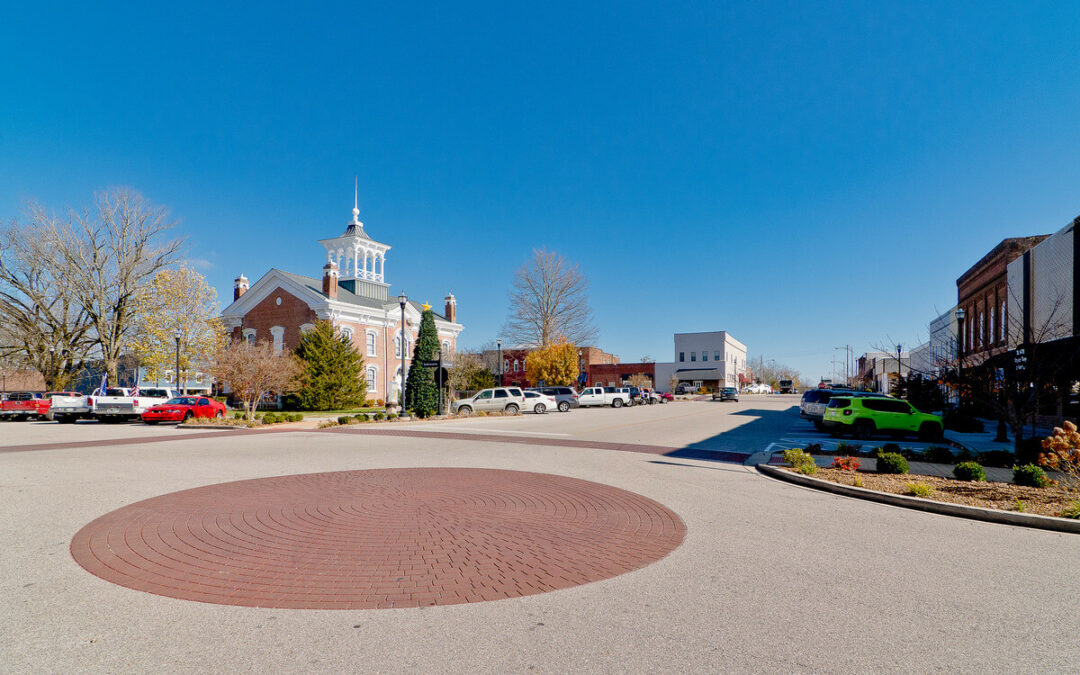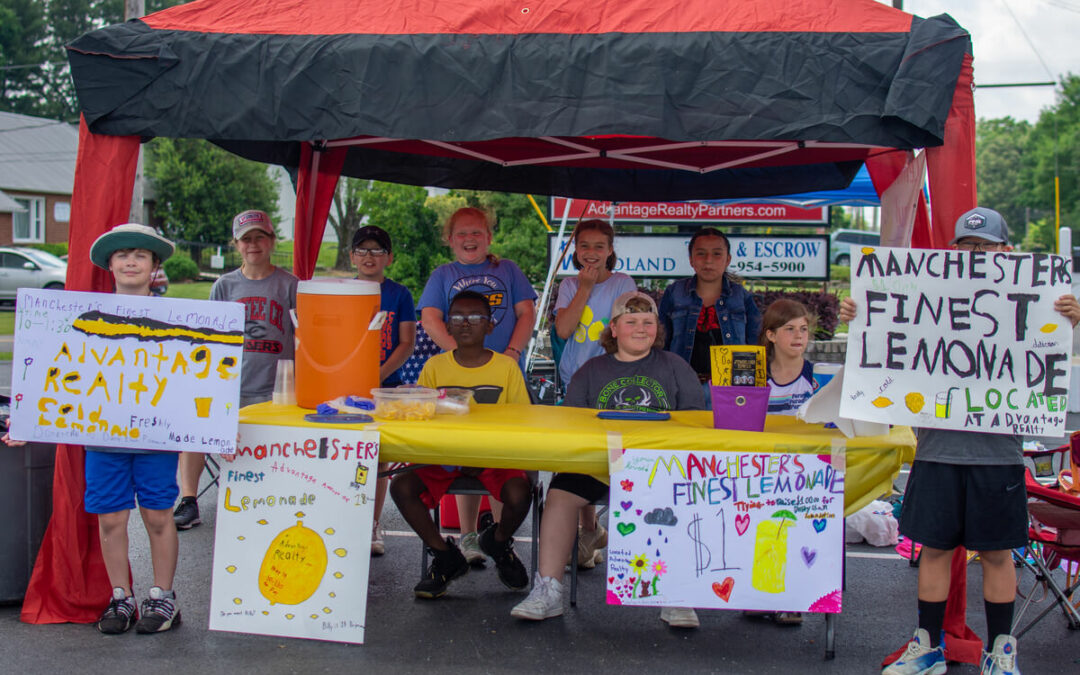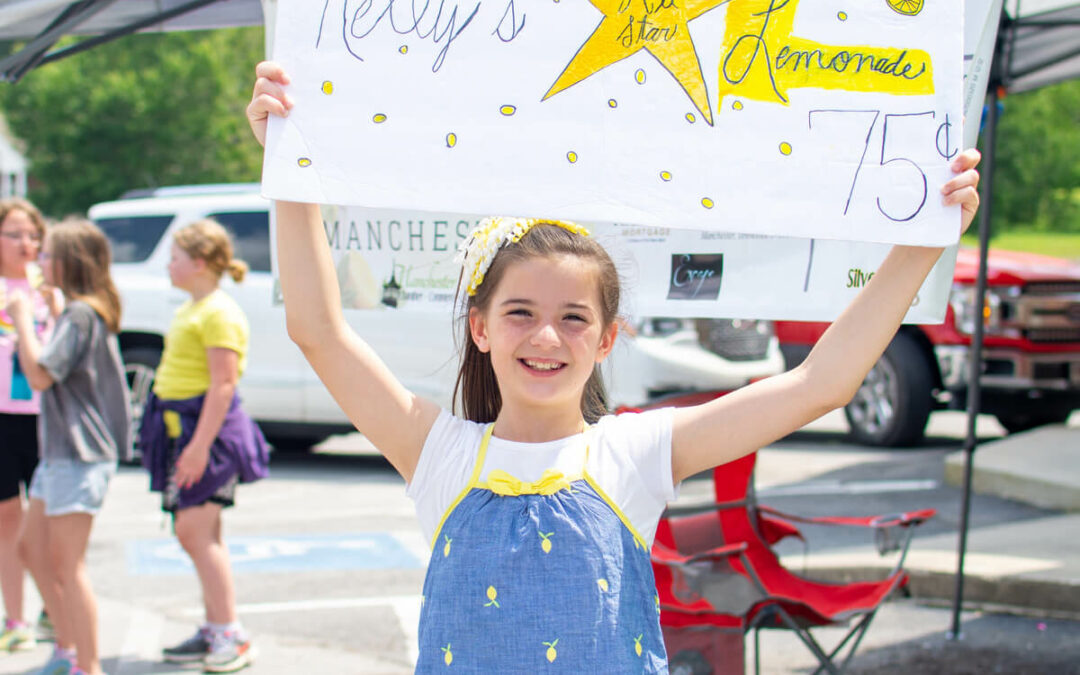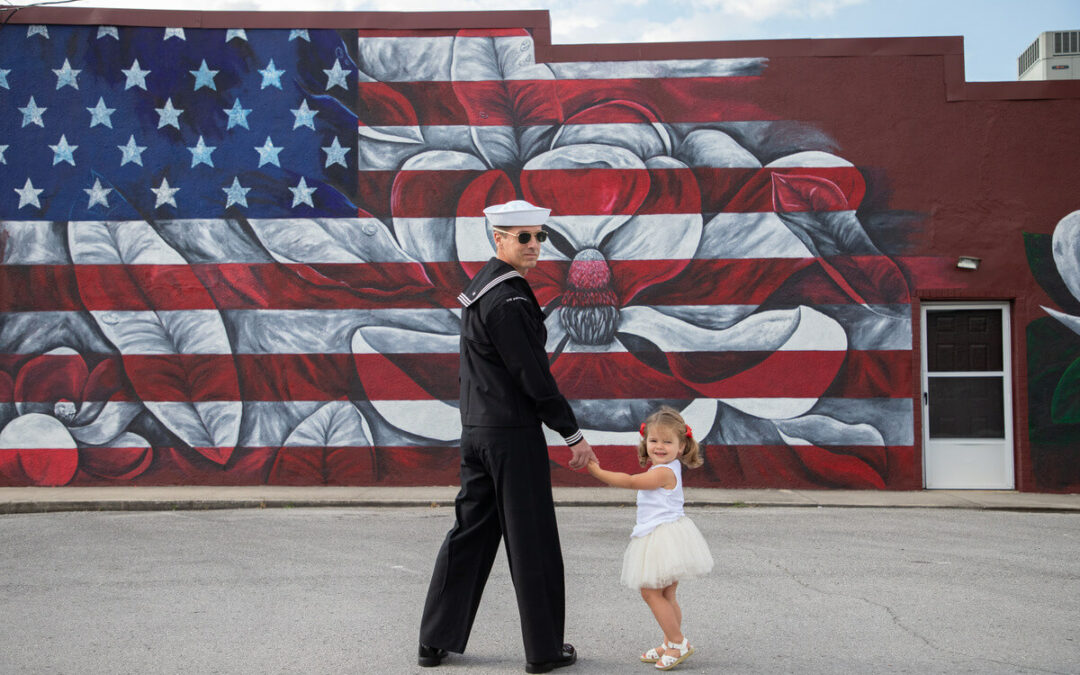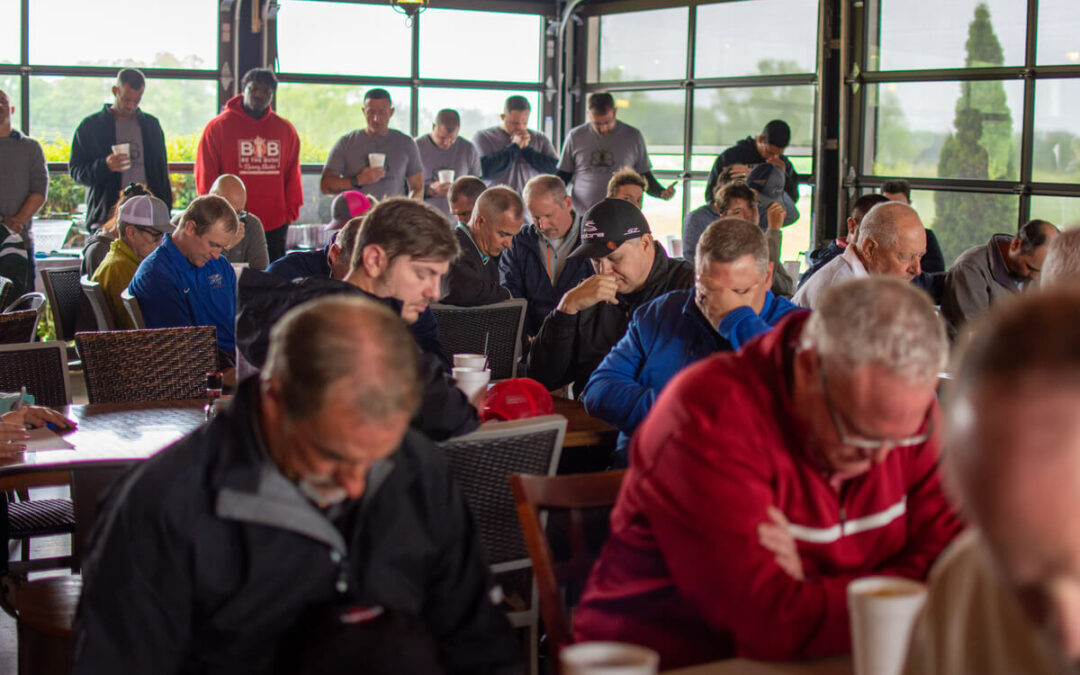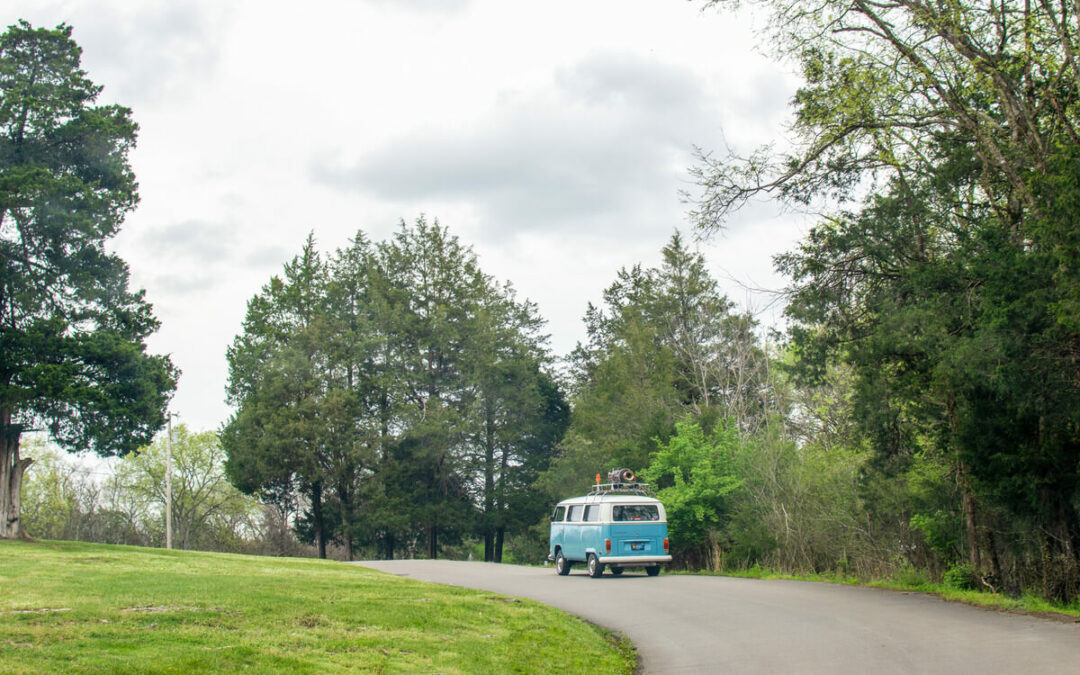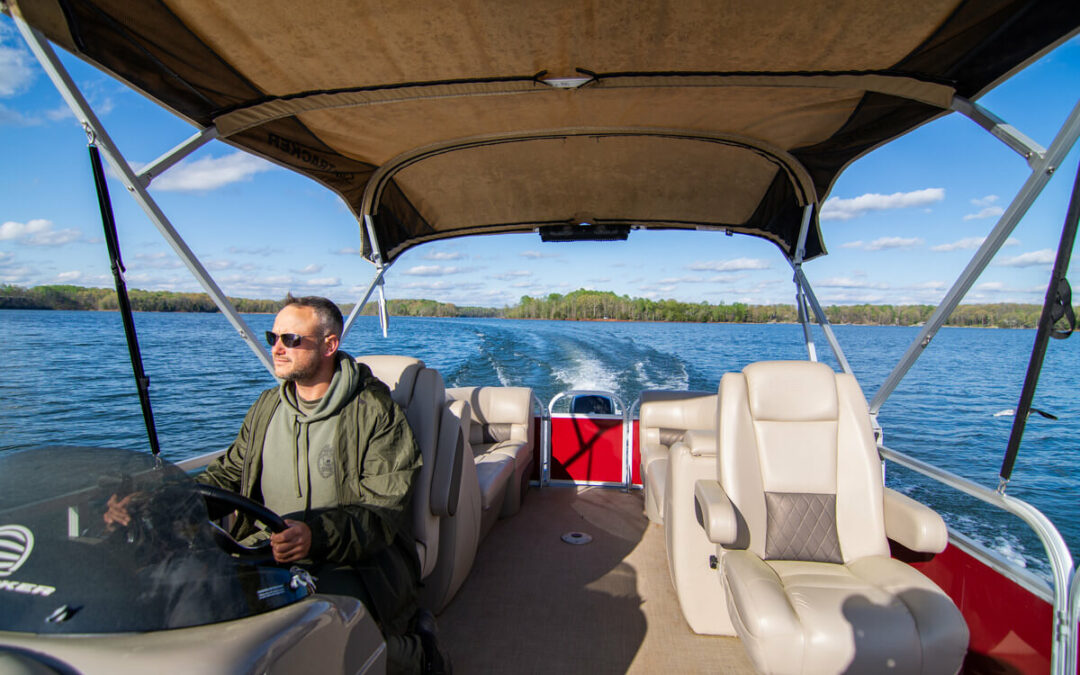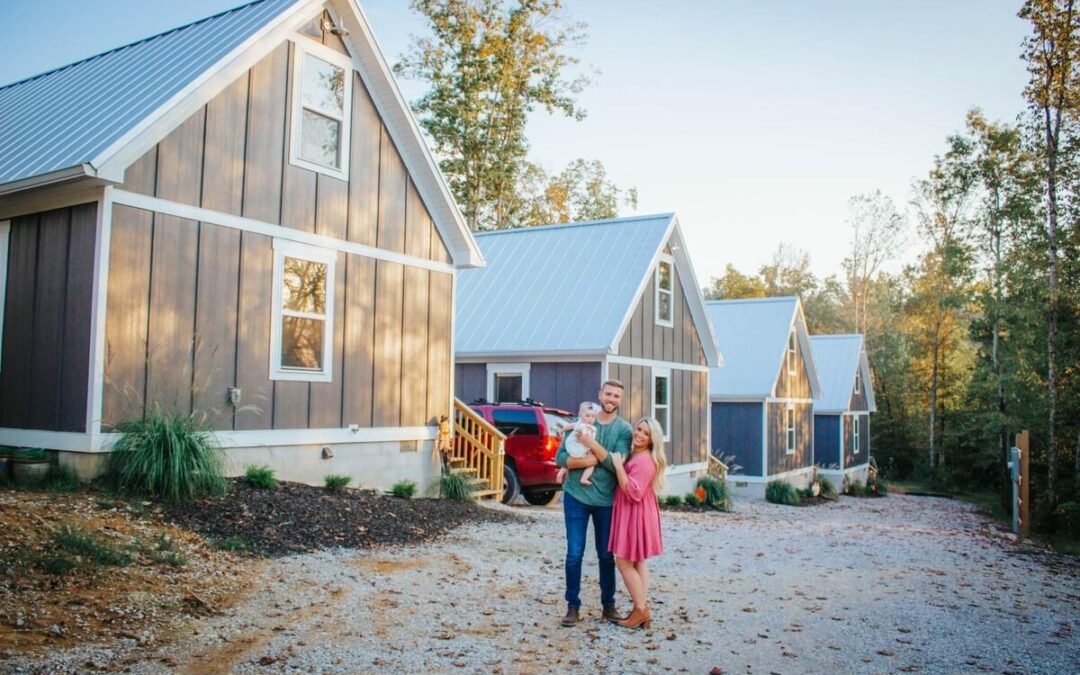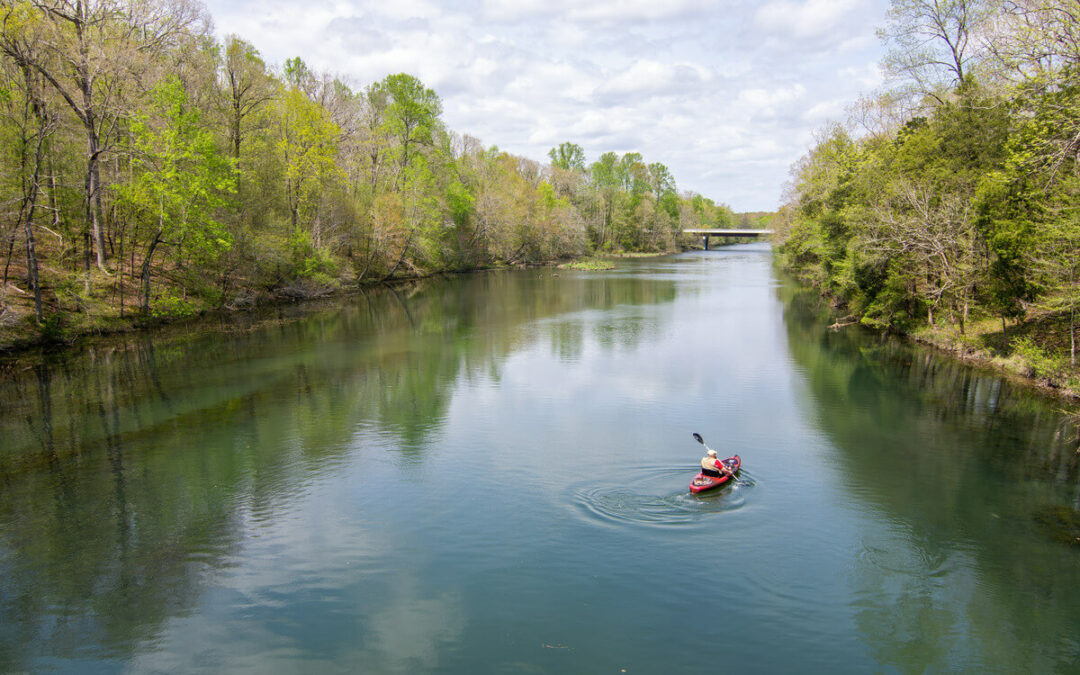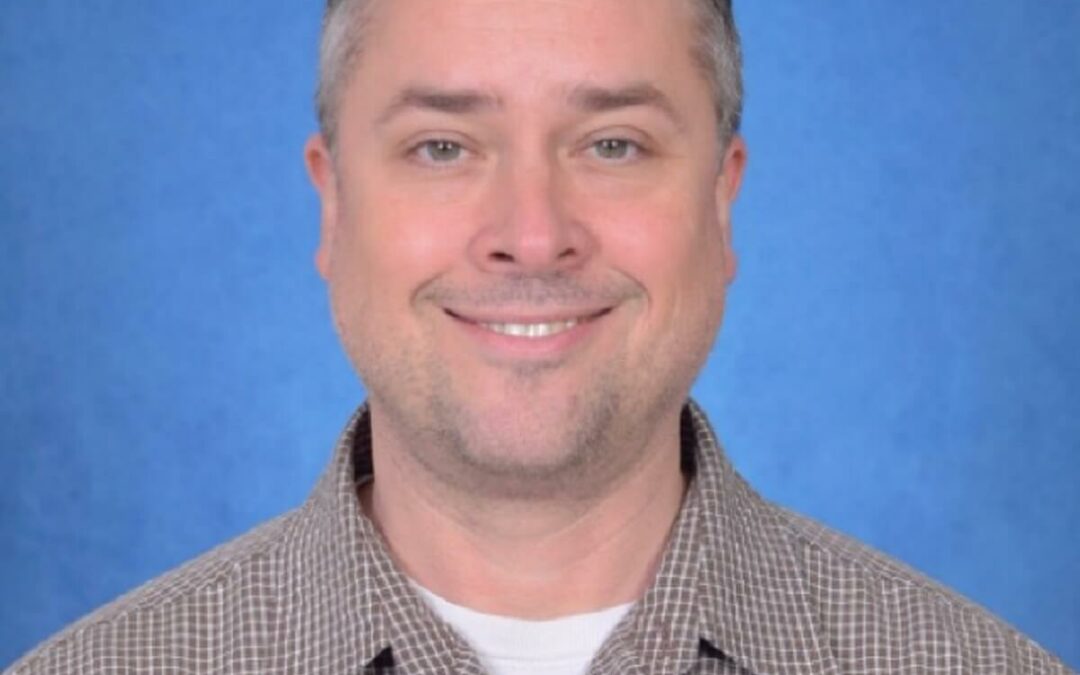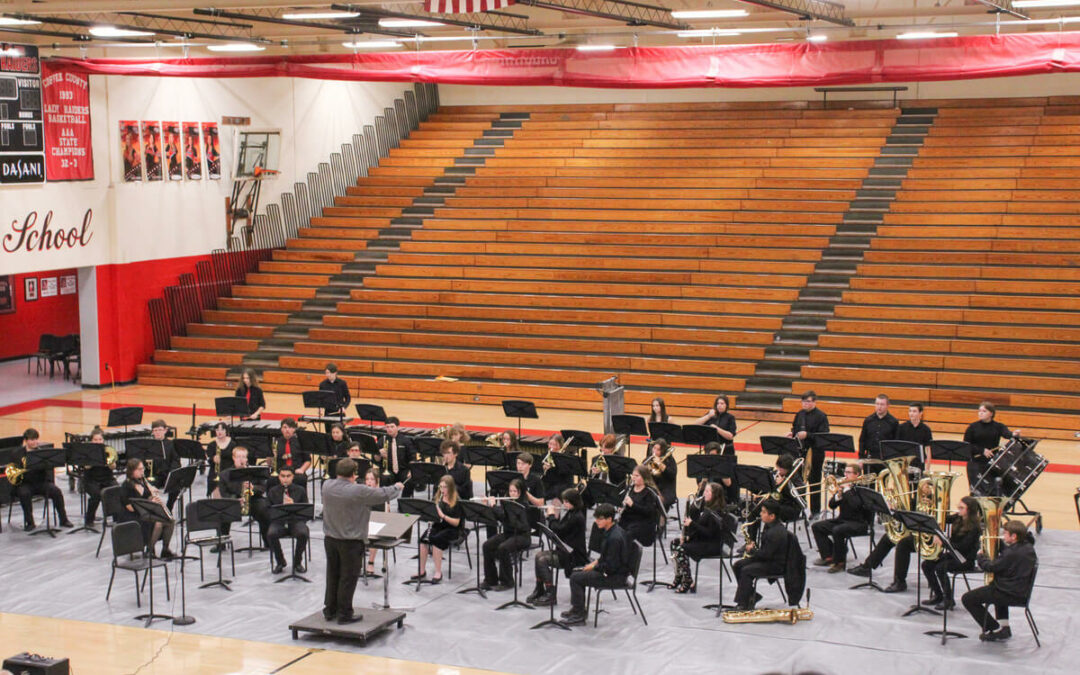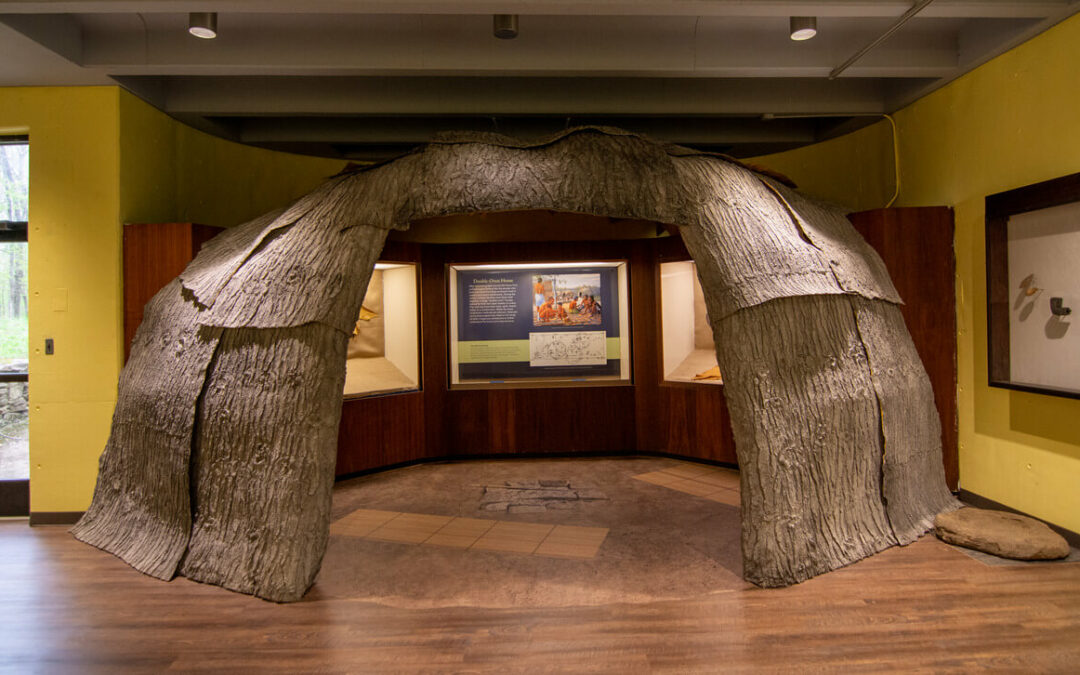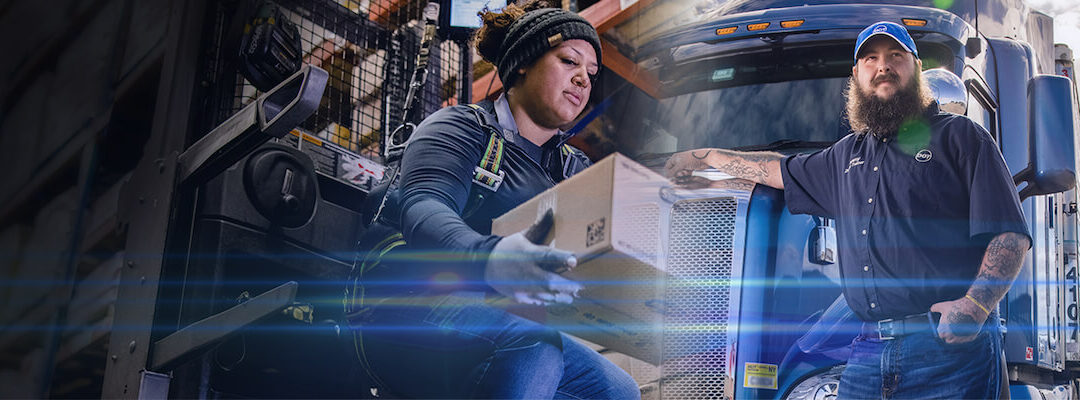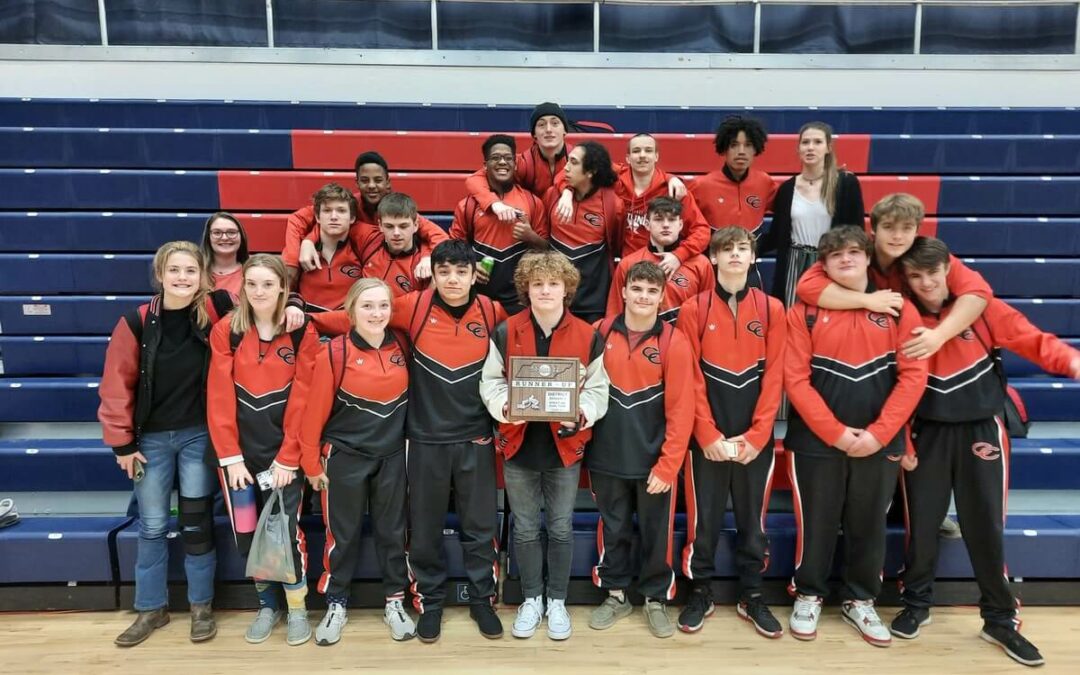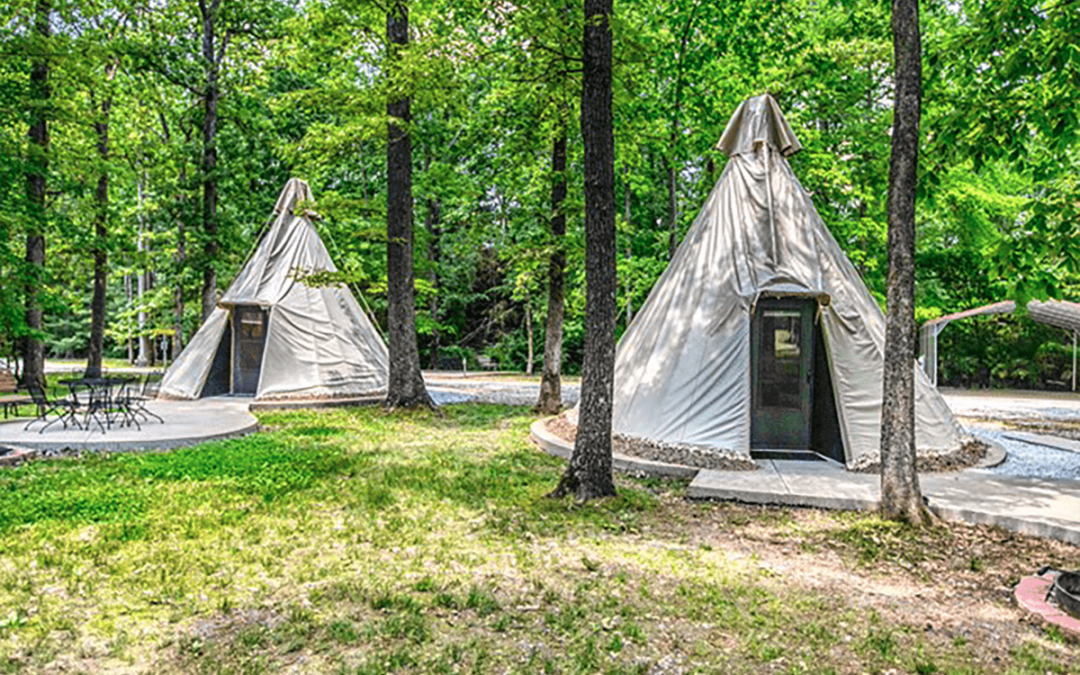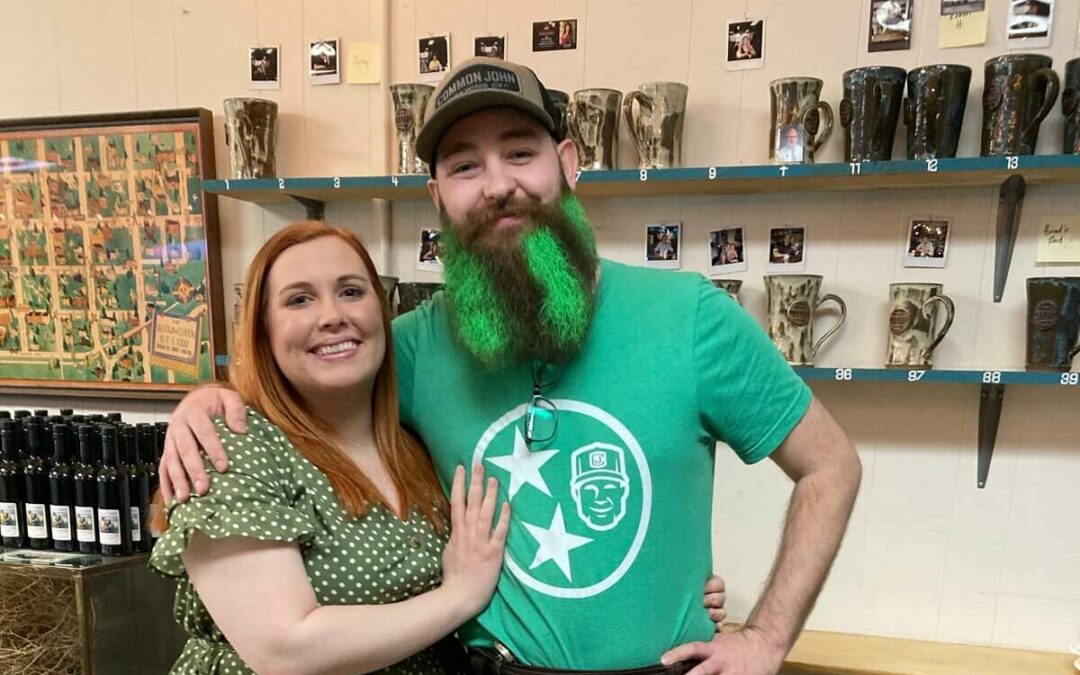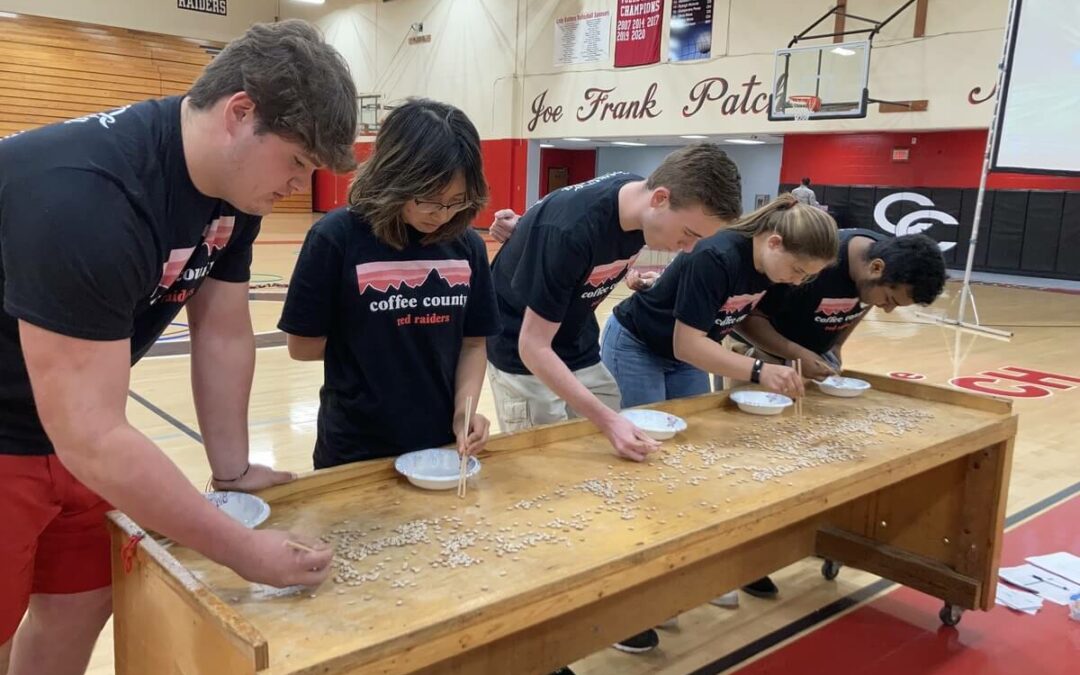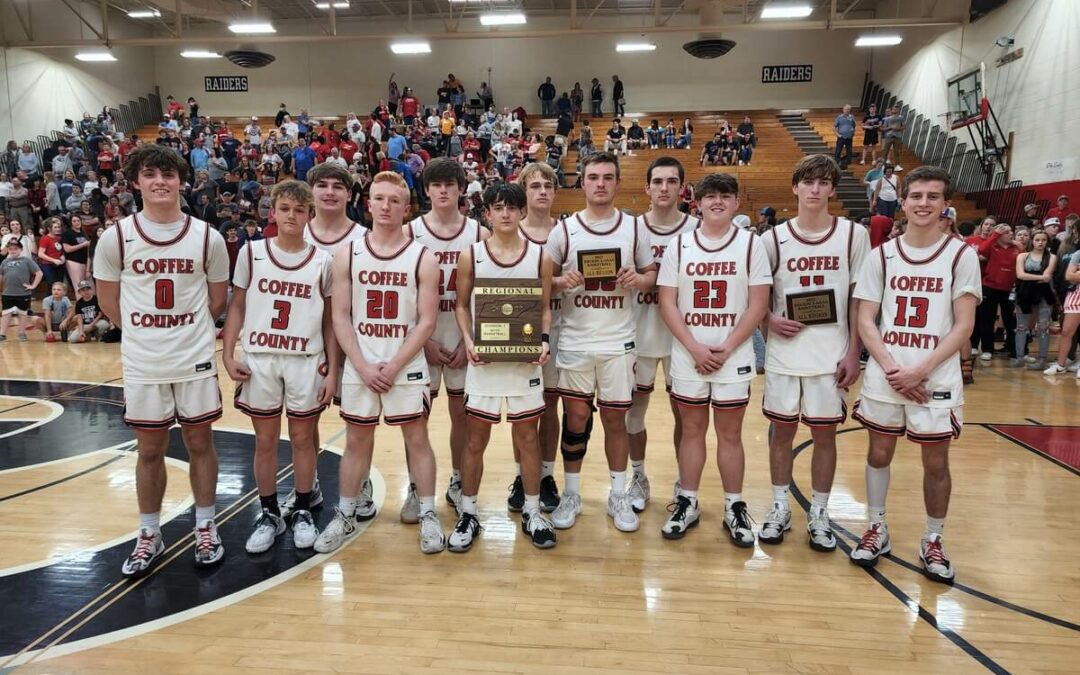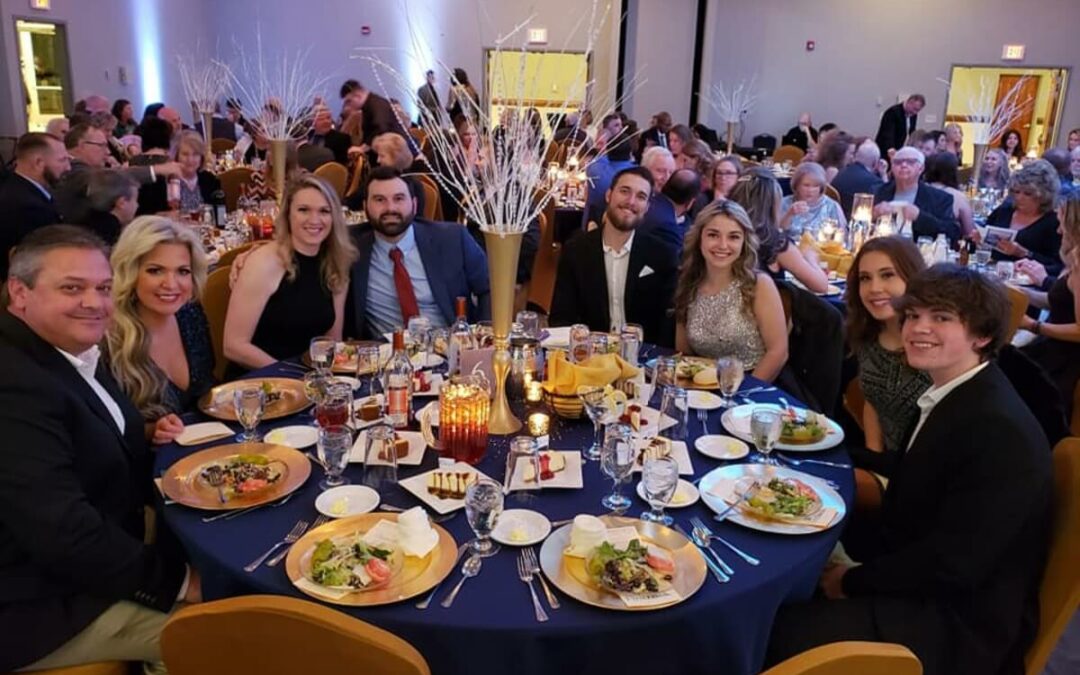MENTION “EMERGENCY,” and a child of the ‘70s may have a totally different mental image than a generation or two removed. Gage, DeSoto, and the crew at Station 51 of the Los Angeles County Fire Department inspired a countless number of America’s paramedics and firefighters. With today’s reruns, perhaps, there’s more yet to come.
Allen Lendley, manager of the Coffee County Emergency Management Agency (EMA) is among those that sat captivated before his tv as the fire and rescue personnel jumped into action at the fall of the tones.
Lendley has stood ready to respond to our emergencies since 1986 and has worn many hats. From his first days as a Coffee County volunteer firefighter to his service as an advanced emergency management technician and Tullahoma firefighter and now as EMA manager, Lendley knows the ins and outs of his calling.
“Most people don’t just start out in the emergency management agency. Their previous experiences help build a stronger emergency manager. Law enforcement is the only thing I haven’t done. I still have my EMT license,” he said.
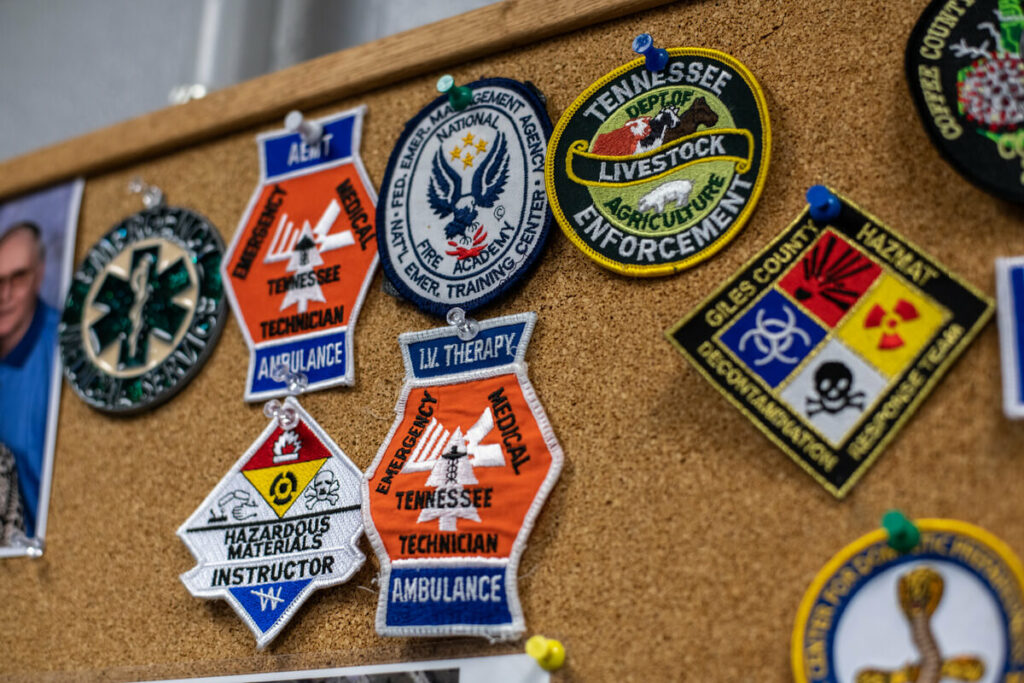
The deeper answer to the question, “Why did you become a first responder” goes beyond Hollywood.
“I’ve always enjoyed helping people, and I’ve worked full-time in this county since 1988. It really is like they say, ‘You’ll never work a day in your life as long as you love your job,’ and I really like to help people.’”
The EMA is responsible for disasters – mainly large-scale ones – natural or manmade, technological incidents, and cyber security. The office also coordinates and plans emergency responses forlocal events such as the 41-A Music Fest, fireworks shows, and Bonnaroo. It has access to state and federal resources if needed, such as Tennessee and Federal Emergency Management Agencies.
“Our district 6 hazmat team received funding from the federal government in 2003 to purchase two big trucks and trailers. We currently have about 22 hazmat technicians that are qualified to handle the response to most any hazardous materials emergency. We are the only interstate team between here and Chattanooga,” he said.
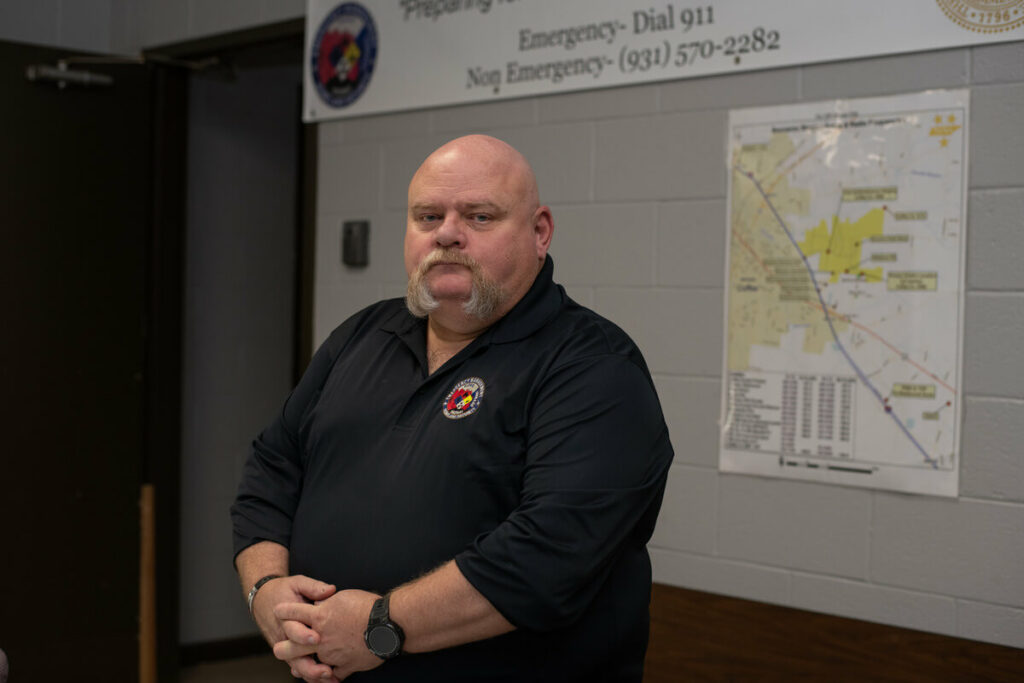
The responsibilities of the office are countless. Lendley and Matt Aussiker are professional board-certified fire investigators, and Lendley and Michael Bonner are death investigators, assisting law enforcement investigations of deaths outside those occurring in hospitals and nursing facilities.
No matter which hat he’s wearing at the time, his primary goal is the same.
Lendley said, “I learned from an old fire chief, a long time ago, that our salaries are paid by the taxpayers, who he collectively called “Mrs. Smith.” He taught me to always remember that when Mrs. Smith calls 911, she’s expecting someone to help. It doesn’t mean we’re experts in everything, but we’re going to go and help when she calls. If you take care of Mrs. Smith, Mrs. Smith will take care of you.”
While our first responders can’t unsee the horrific things they encounter on their calls, being part of a family of brothers and sisters creates a framework and safe place for openly processing their emotions.
“Most first responders or public safety folks are like a big family. We may have disagreements in the family, but at the end of the day we’ve got each other’s backs. It’s always good to talk about it once the event is over. Always good to let it out,” Lendley said. “I make myself available, and I’m flattered when they call and talk to me about things, because it takes a pretty strong person to reach out and say they’re having an issue. In public safety, the things I’ve seen over the course of my career stay with me from now on and will be with me even after I’ve retired. Certain smells, sounds, places – it’s always there. It’s just something you learn to deal with. You have to love this work, that’s for sure, and not everybody’s cut out for that line of work. In my opinion, it takes a special person (not tooting my horn) to do this line of work and stay in it for a long time, seeing and doing some of the things
we have to see and do.”
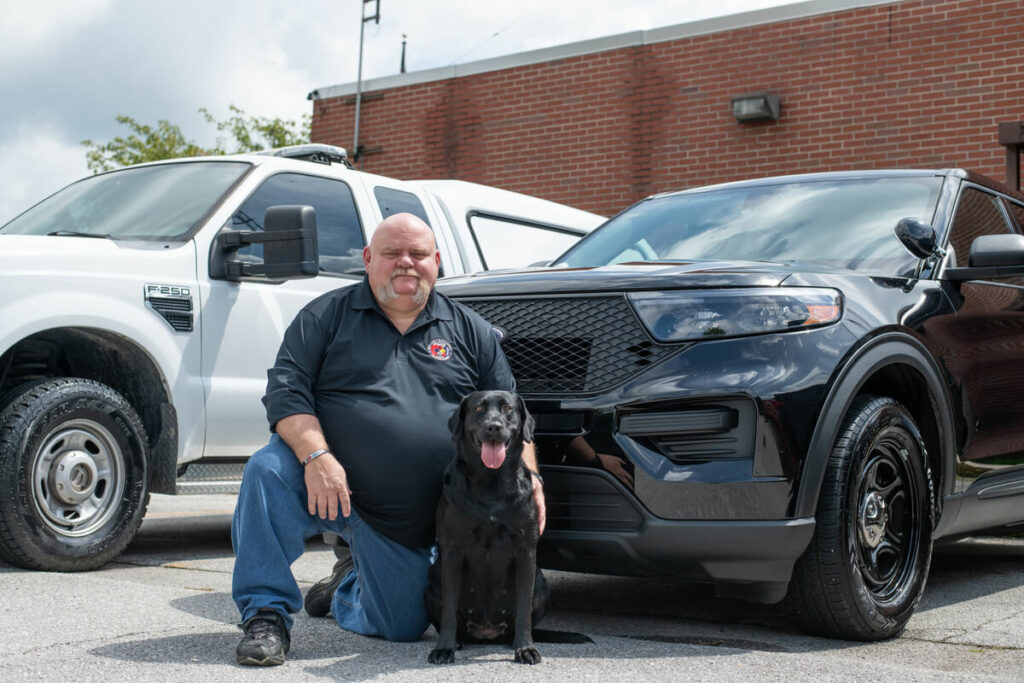
As hard as the calls can be, there are bright spots and ways we can encourage those that are always standing at the ready, to come to our aid. The little things make a difference, like going back to visit after recovering from your traumatic experience.
Lendley said, “We don’t do it for the glory or appreciation, but it does feel good when you get that attaboy, or that visit from someone you’ve worked on that might not have made it if you hadn’t been there. That’s a pretty special moment. I’ve been honored to meet some of the folks I’ve worked on that I didn’t think had a prayer. They’ve come back months later to say thank you, and that’s worth everything to us.”
Another powerful relationship-building tool is personal interaction with first responders and our children. Teach children that they are here to help dispel the misconception that they’re bad guys.
“Don’t forget about the first responders. They’re here to help and love to have visitors. It’s really good if people will carry their children to the fire department, ambulance stations, and law enforcement offices. People need to interact with their public safety folks, and people need to become familiar with them. We love visitors. When I worked at the fire department, we especially enjoyed showing the trucks and talking about what we do. It helps people understand, and it humanizes what we do. If you come to the station or firehouse and see how we live, you’ll see most of us are pretty nice people.”
And wouldn’t we rather see the nice people when it’s not an emergency? GN

